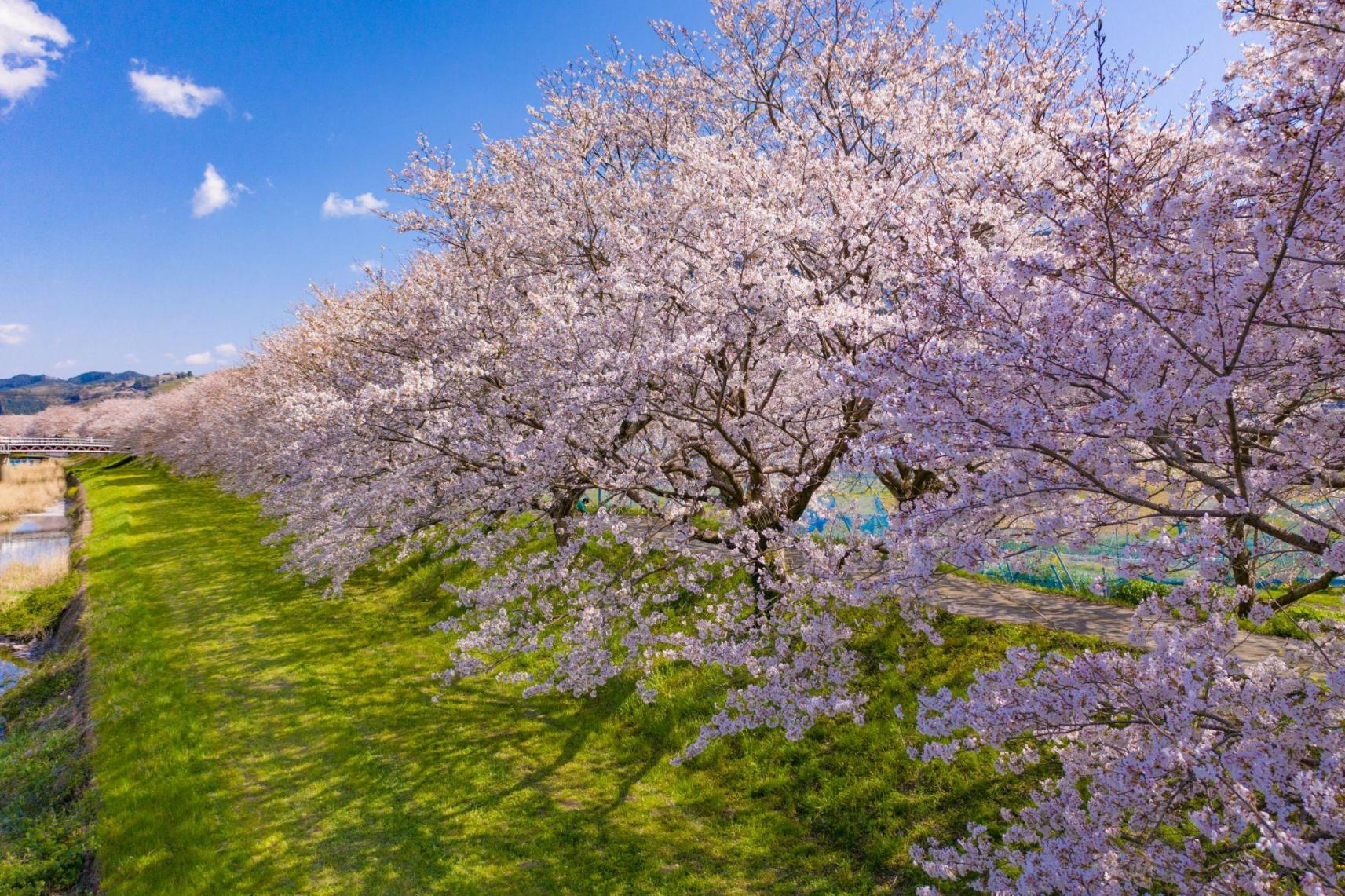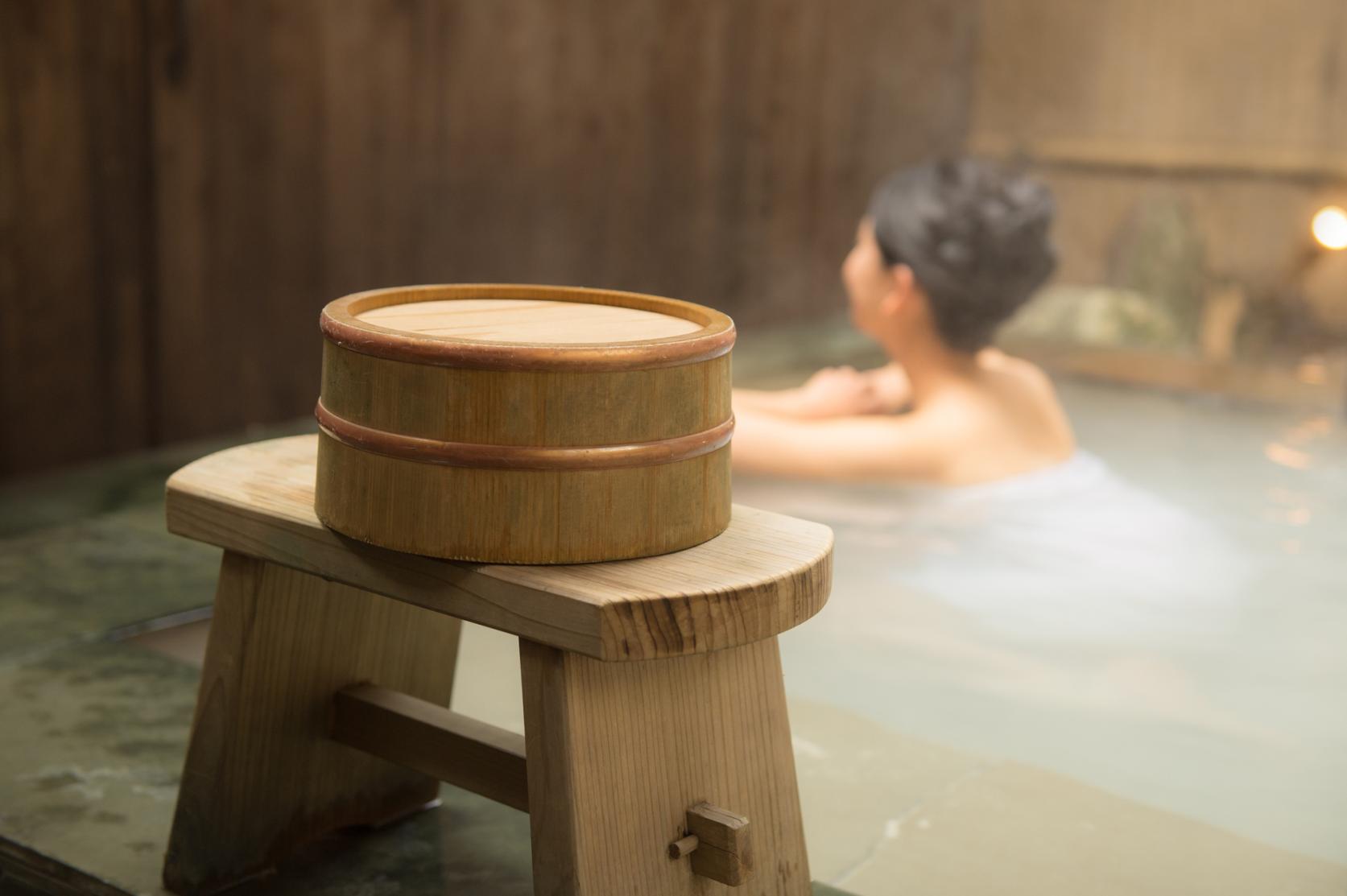We use cookies on this site to enhance your experience. By continuing to browse, you agree to our use of cookies. See our Cookie Policy for more information.
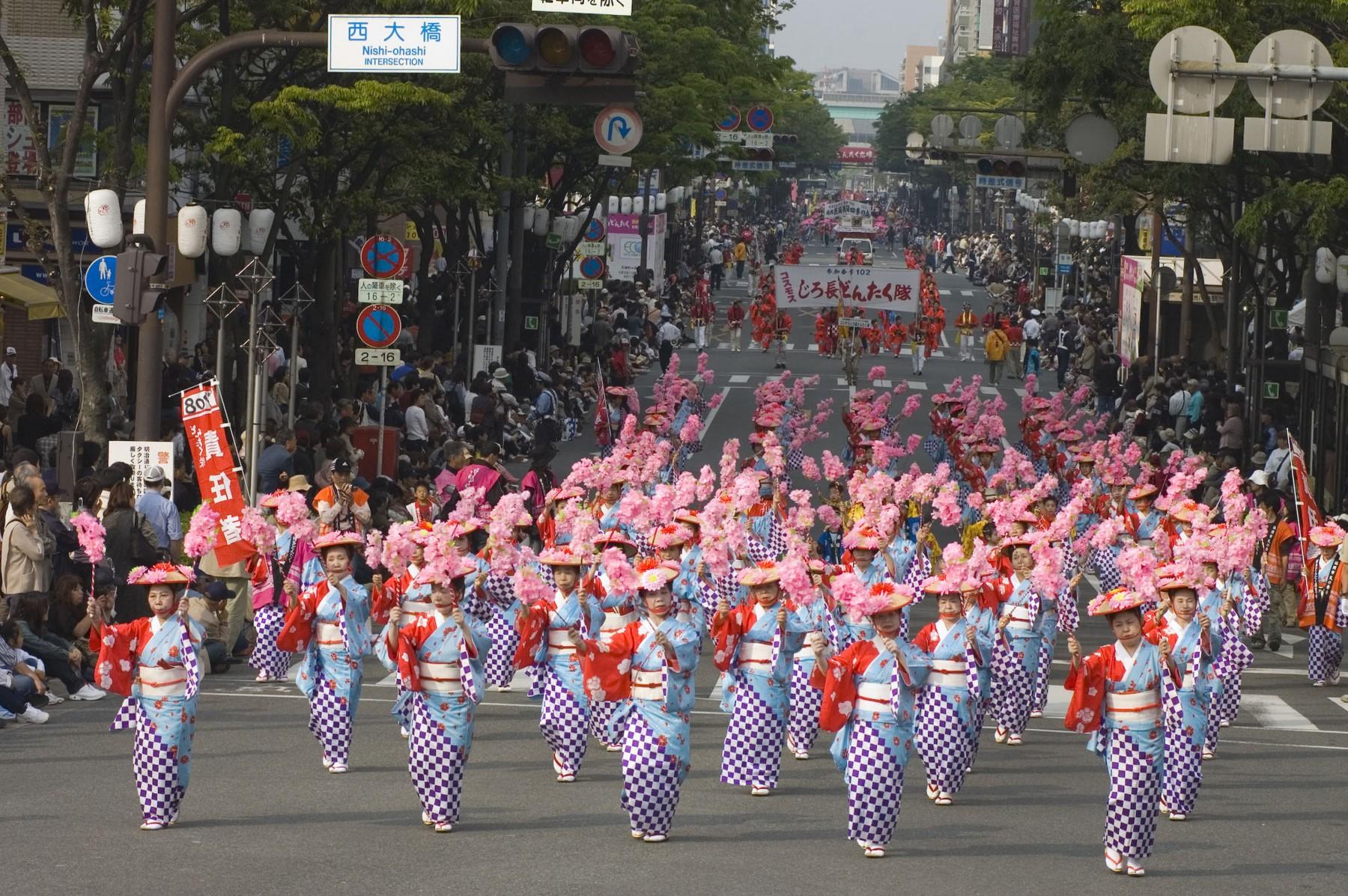
Matsuri in Fukuoka Prefecture
Fukuoka is considered the gateway to Kyushu and has developed as a hub of commerce and transportation, for travellers exploring southern Japan, not to mention its deep connection to cultural heritage and cuisine. There are a variety of festivals, or matsuri, that are held throughout the year in Fukuoka Prefecture that exemplify its diverse cultural traditions. From spectacular celebrations of local culture to vibrant harvest festivals, from traditional costumes to towering parade floats, there is never a dull moment during Fukuoka’s many festivals. These traditions have been preserved and nurtured by the festival-loving people of Fukuoka for hundreds of years, so why come for a visit and have some fun?
Hakata Dontaku Minato Festival
The Hakata Dontaku Minato Festival, held annually in Fukuoka City center during Golden Week, a series of consecutive holidays in early May, is one of the most popular festivals in Japan. The event attracts both spectators and contestans. This tradition, over 800 years old, has men and women of all ages and from all walks of life parading through the streets dressed in various colorful costumes and beating shamoji, or rice paddles. There are also dance performances in various locations, creating a joyful and lively atmosphere throughout the entire city. Spectators and are encouraged to join in with the locals dancing, so don’t be shy and have some fun!
Kawawatari Jinkosai Festival
The Kawawatari Jinkosai Festival is held every year on the third Saturday and Sunday of May in Tagawa City, located in the central part of Fukuoka Prefecture. It has a history of around 470 years and began as a prayer for the end of an epidemic. Kawawatari Jinkosai, which literally translates to ‘crossing a river’, is a grand event in which young men tug huge Yamakasa floats decorated with five-colored banners across the Hikosan River. The atmosphere is electric with the young mens’ thunderous chanting as they pull the floats, the largest one said to weigh about four tons, across the river in a display of colorful cheer.
Hakata Gion Yamakasa
If you are looking for a particularly lively festival, how about the Hakata Gion Yamakasa?
Hakata Gion Yamakasa boasts a tradition of about 770 years and is designated as a UNESCO Intangible Cultural Heritage and an Important Intangible Folk Cultural Asset of Japan. The festival runs for about two weeks from July 1 to 15, with various rituals taking place on the days leading up to the finale on the 15th.
When it’s time for the festival, the city is instantly energized and transformed, as the kazariyama floats, meaning ‘a mountain of decorations’ and decorated by skilled Hakata doll makers, make their appearance in the streets. There are two kinds of floats on display during the Hakata Gion Yamakasa, the larger of the two standing at around 10 meters high. The smaller floats are around five meters high and are used for the race element of the festival in which groups of men careen through the streets dragging the floats behind them!
Tobata Gion Oyamakasa
Tobata Gion Oyamakasa, a traditional festival with a history of over 200 years, is registered as a UNESCO Intangible Cultural Heritage and an Important Intangible Folk Cultural Asset of Japan. It is said that the origin of this festival dates back to a time when an epidemic spread in the area. People prayed for the plague to be cured and celebrated by making Yamakasa. During the day, Nobori-Yamakasa floats are paraded through the streets, and at night, Chochin-Yamakasa floats, 12-tiered pyramids of lanterns, are paraded through the streets to the accompaniment of taiko drums, music, and shouts of encouragement. The atmosphere of the festival changes from day to night, especially at night when the Chochin-Yamasaka are lit up, radiating warm light through the streets. The festival is held over the 4th weekend (Friday, Saturday, and Sunday) of July.
Miare Festival
Munakata, Okinoshima Island, or the "Island of Gods," and related heritage sites, were registered as a World Heritage Site in 2017 and are known as sacred spots. The three goddesses mentioned in the Chronicles of Japan, a book of classical Japanese history and myth from the Nara period (710~784), were worshipped at three locations on Okinoshima, Oshima, and the mainland of Kyushu to pray for safe voyage. These three deities, the eldest enshrined on Okinoshima, the second on Oshima, and the third on Hengu, come together for the Autumn Grand Festival, held from October 1 to 3, to give thanks for peace, a good harvest, safety at sea, and a big catch. On the first day of the festival, a boat carrying the spirits of the first and second godesses heads to the third goddess followed by a procession of over 100 fishing boats decorated with flags. This portion is the Miare Festival, and it is followed by the ancient Takamiya Kannabisai ceremony, another unforgettable sight to behold.
Keichiku Kagura no Sato Festival
The Kyochiku area in the northeastern part of Fukuoka Prefecture is one of the most active areas in Japan for kagura. Kagura is a form of folk song and dance dedicated to a good harvest, good health, and gratitude to nature, and has been carefully preserved by the people since ancient times. Kagura in the former Buzen Province, now in the Kyochiku area, is designated as "Buzen Kagura," an Important Intangible Cultural Asset of Japan. The lively rhythm of the musical accompaniment, the glittering costumes, and the graceful, powerful, and dynamic dances are all part of the experience. Come and see it for yourself! The Keichiku Kagura no Sato Festival is held every year from around November to December.
Yanagawa Doll Festival Sagemon Matsuri
If you are visiting Fukuoka from February to April, be sure to visit the Yanagawa Doll Festival Sagemon Matsuri. Hinamatsuri is a traditional Japanese festival held in March to celebrate girls and to pray for their healthy growth. It is traditional to display Hina dolls dressed in Heian court getup during Hinamatsuri, but in Yanagawa, instead of displaying dolls, people celebrate by making Sagemon, which are hanging decorations of animals, shapes, flowers, and more, made out of cloth scraps. During the festival period, the city is decorated with these ornaments, creating a vibrant scene wherever you look. Another event unique to Yanagawa, which is known for its river and canals, is the Floating Hina Doll Festival in which children are dressed up in kimono and paraded downstream on beautifully decorated boats.
Daizenji Oniyo
Daizenji Oniyo, one of the three major fire festivals in Japan, has a long tradition of about 1,600 years and is designated as an Important Intangible Folk Cultural Asset of Japan. During the festival, held from the night of New Year's Eve to January 7th, six giant torches, said to be the largest in Japan, are set ablaze. Young men parade through the crowded temple grounds carrying the flaming torches, where worshippers gather to pray for a year of good health and good fortune by being bathed in the torchlight. What better way to start the new year than to experience this ancient tradition and pray at Daizenji Oniyo?


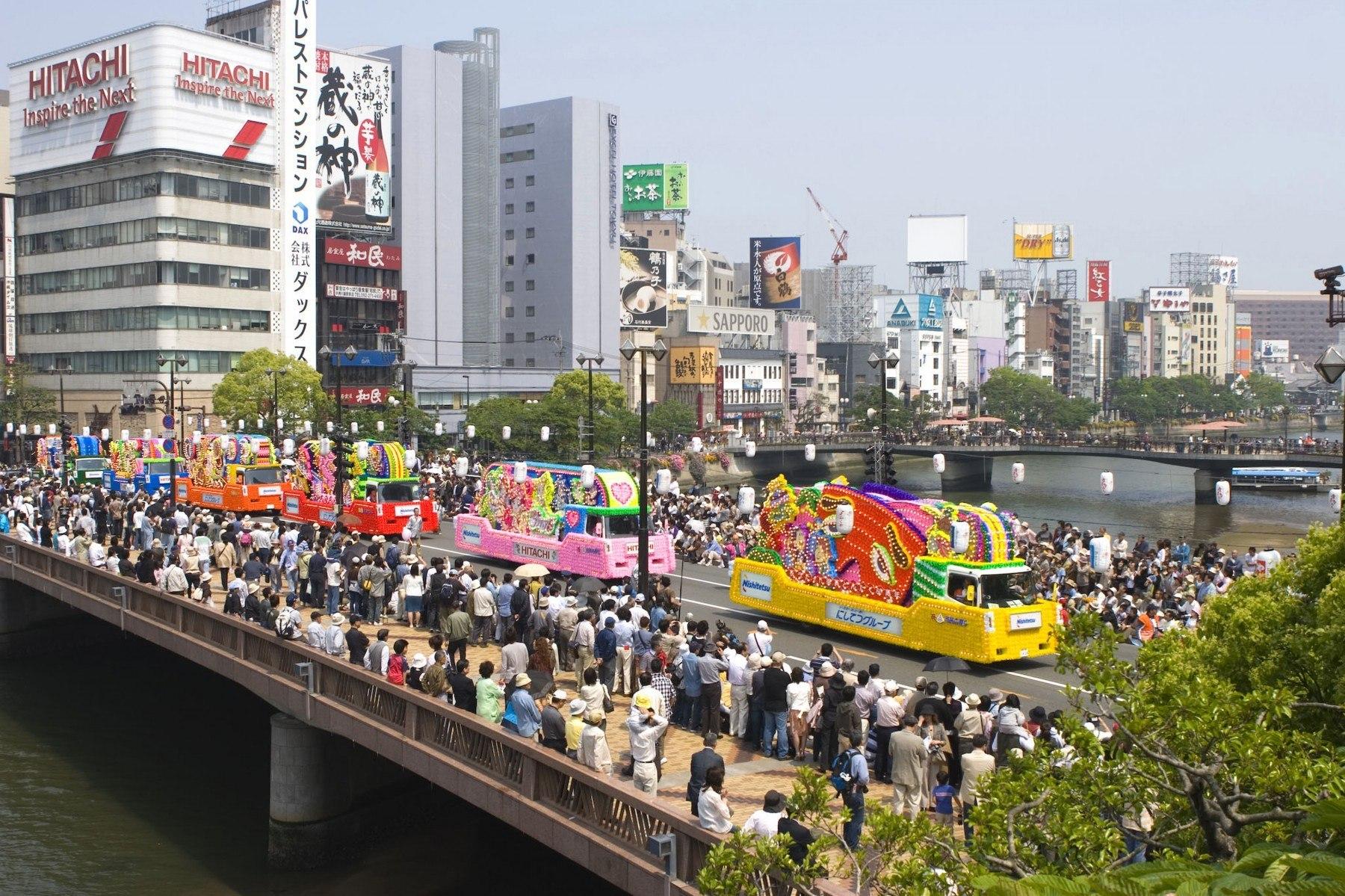
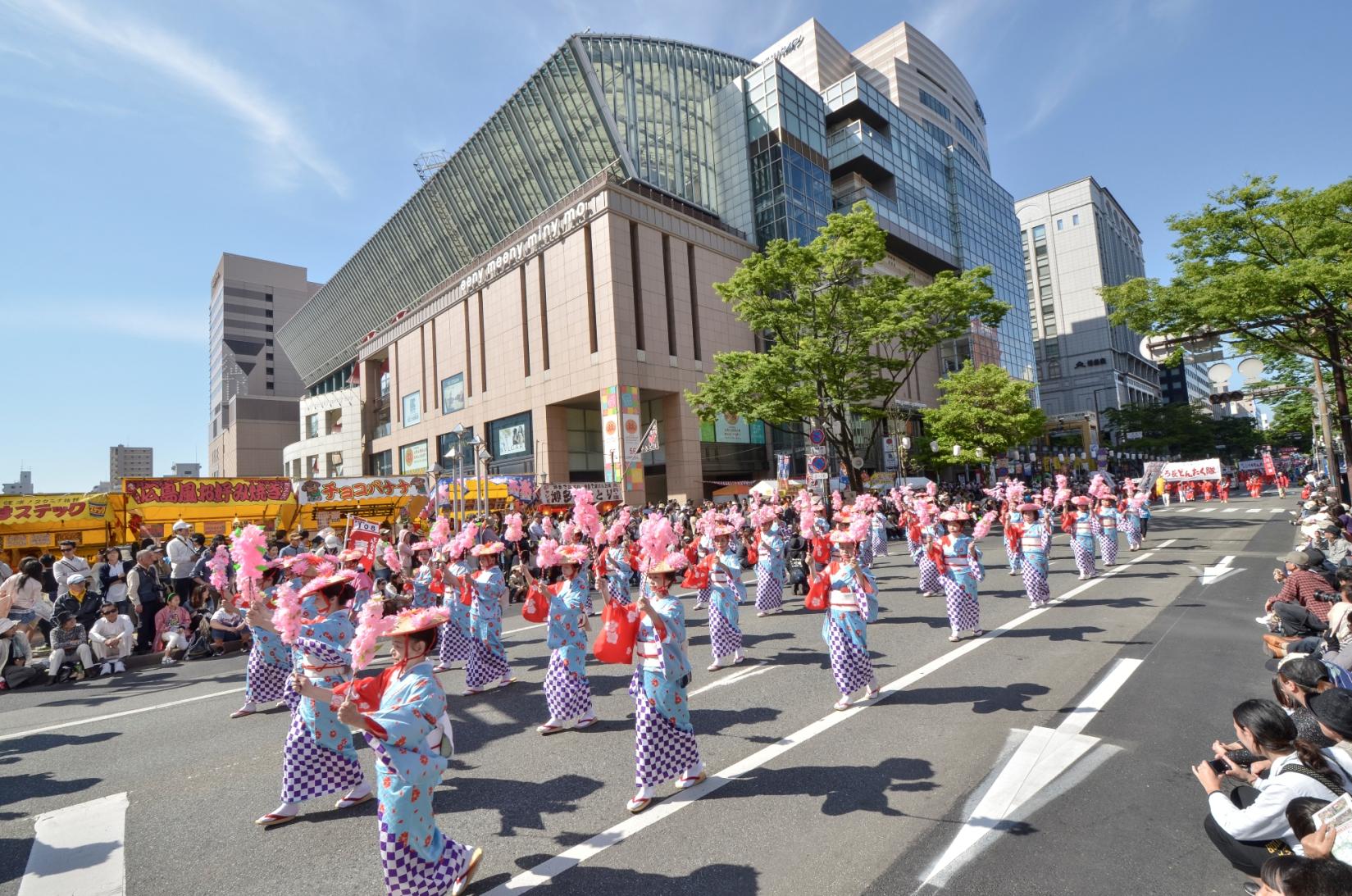
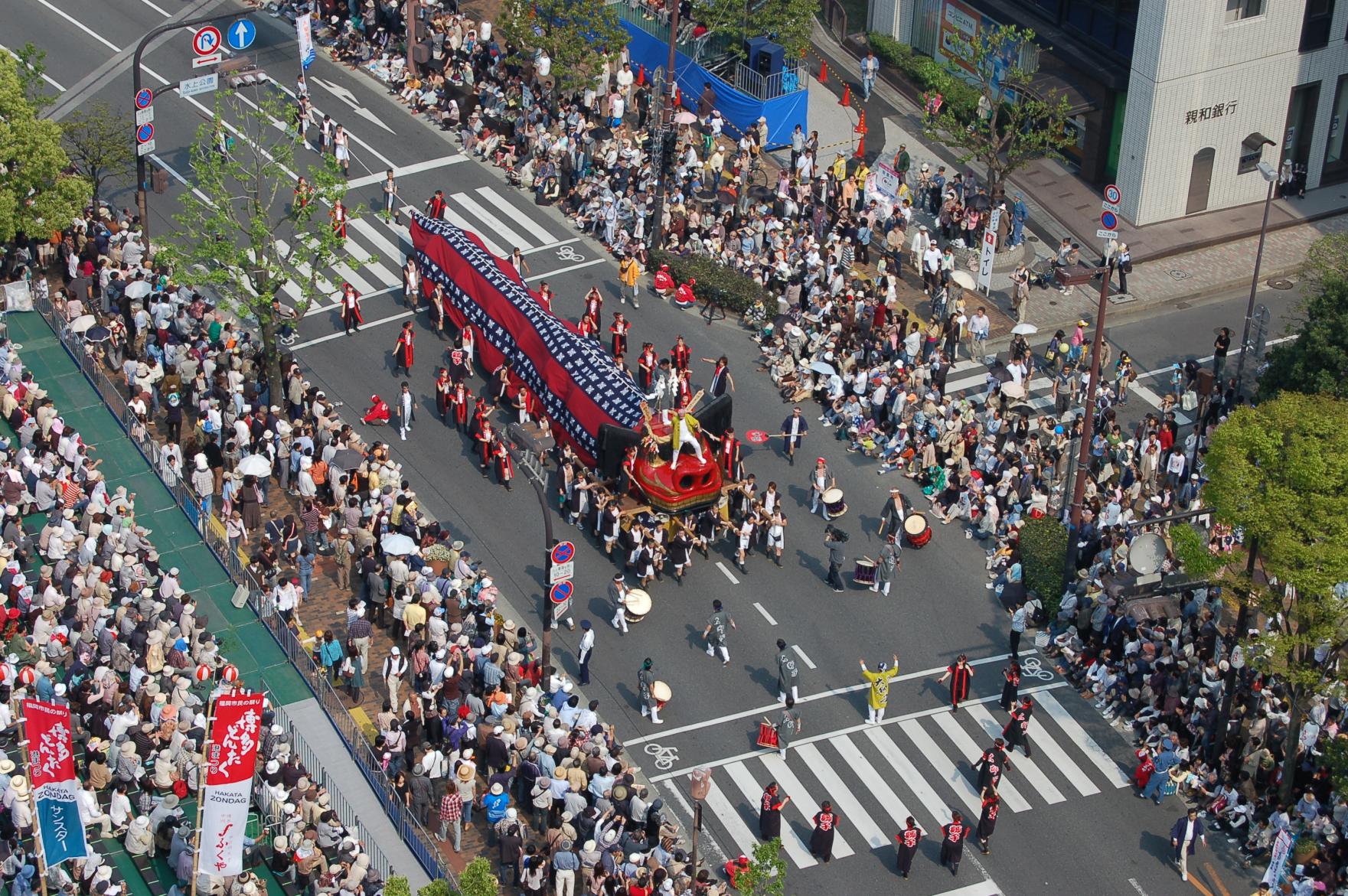
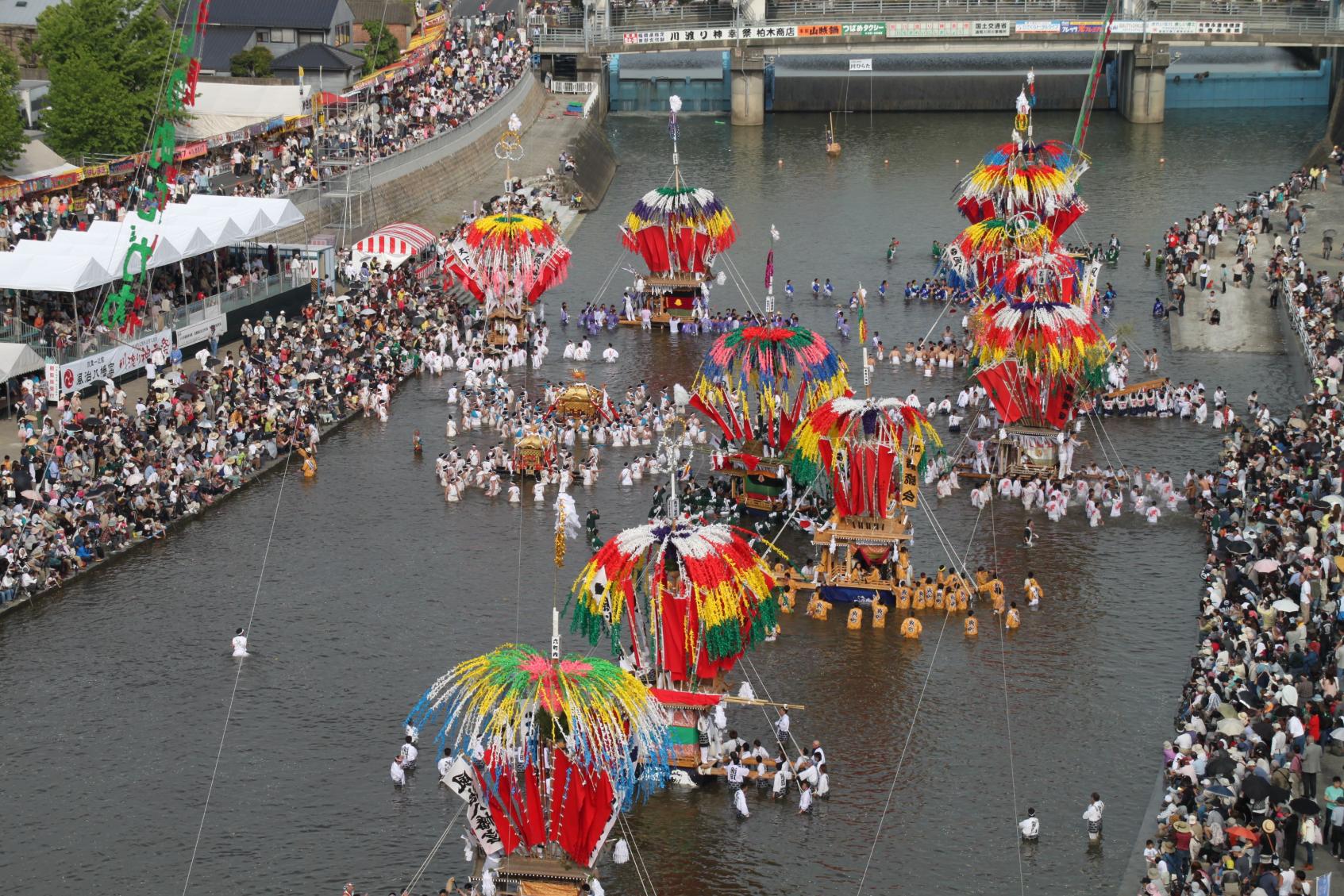
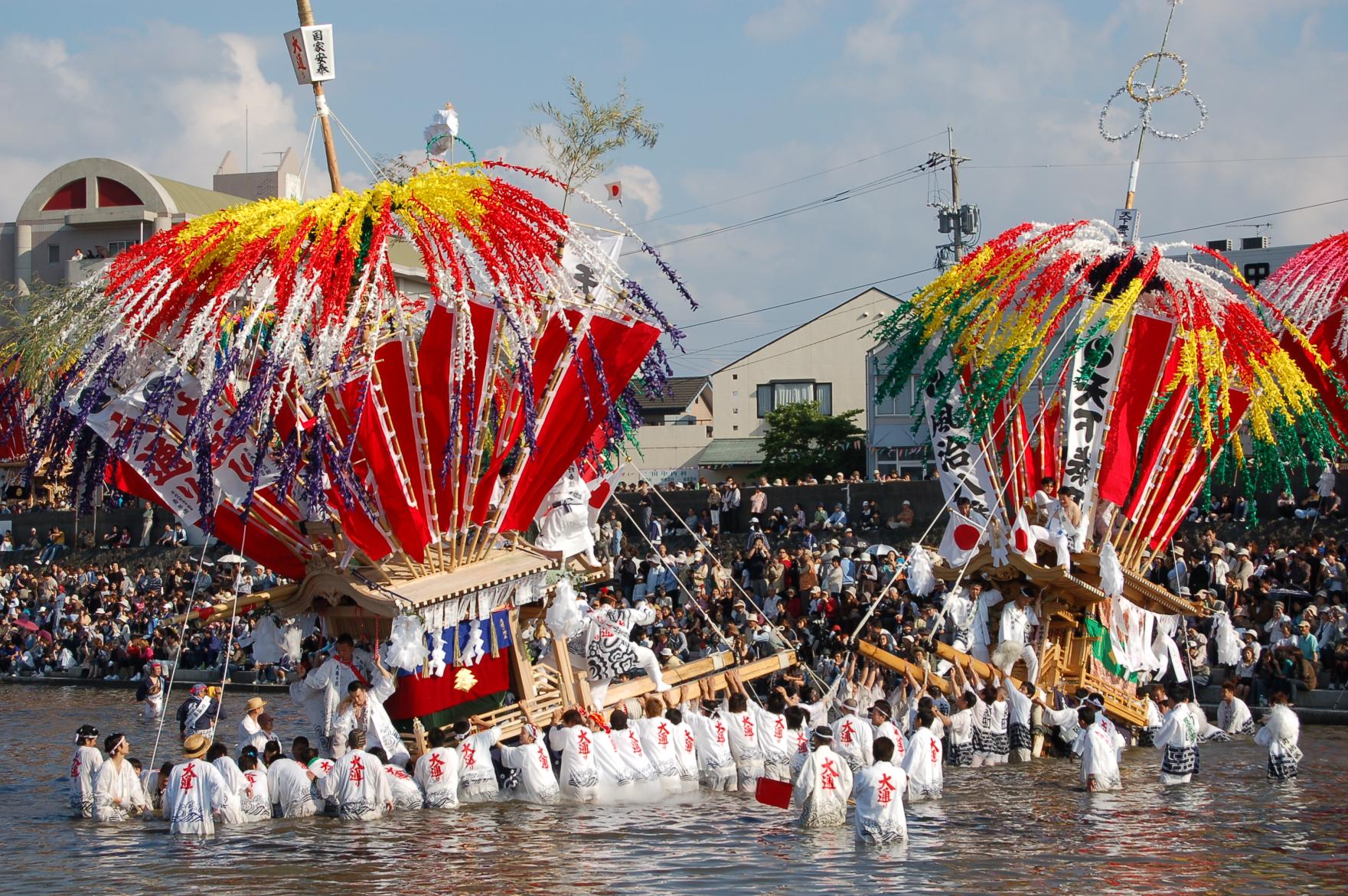
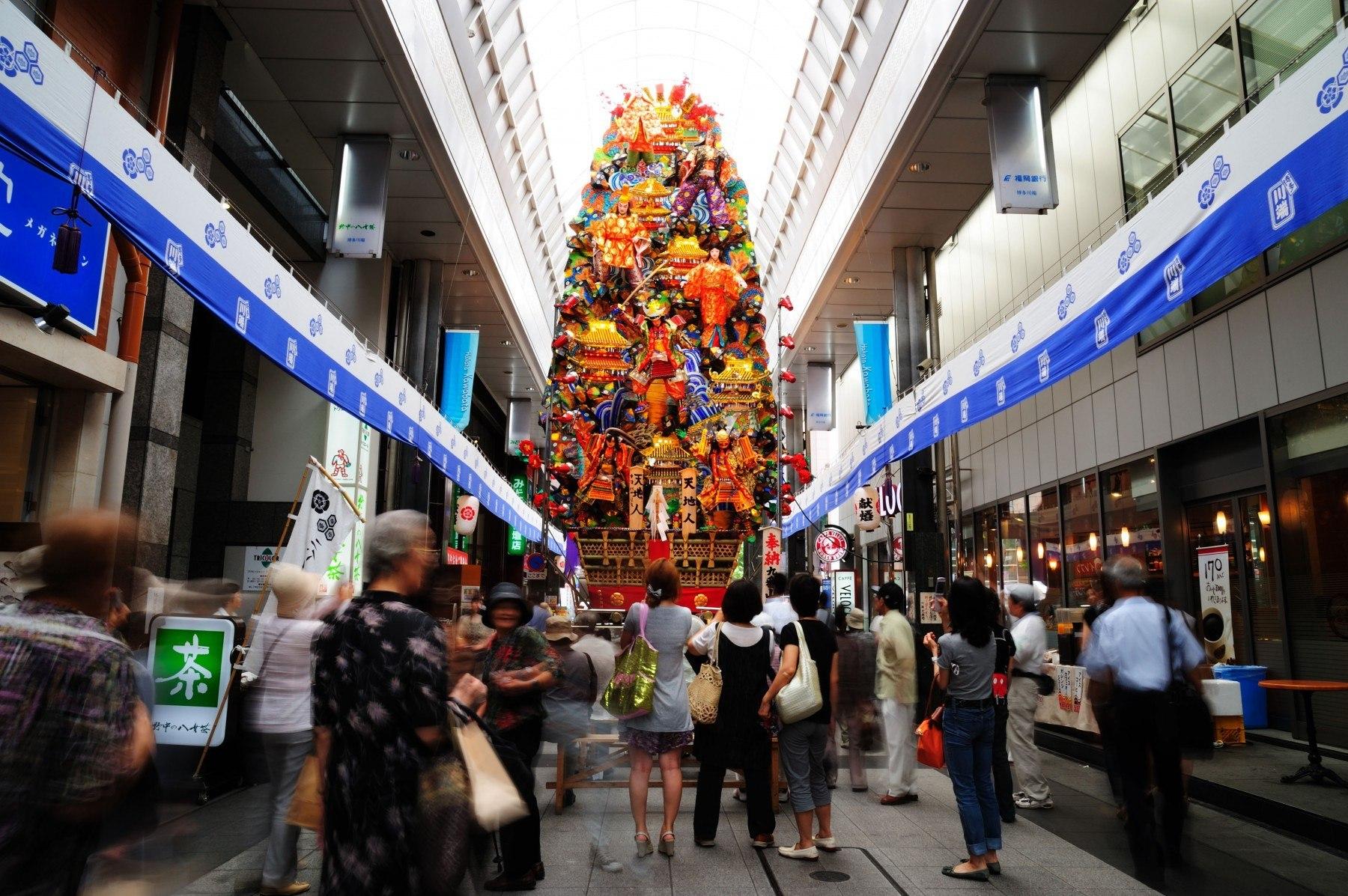
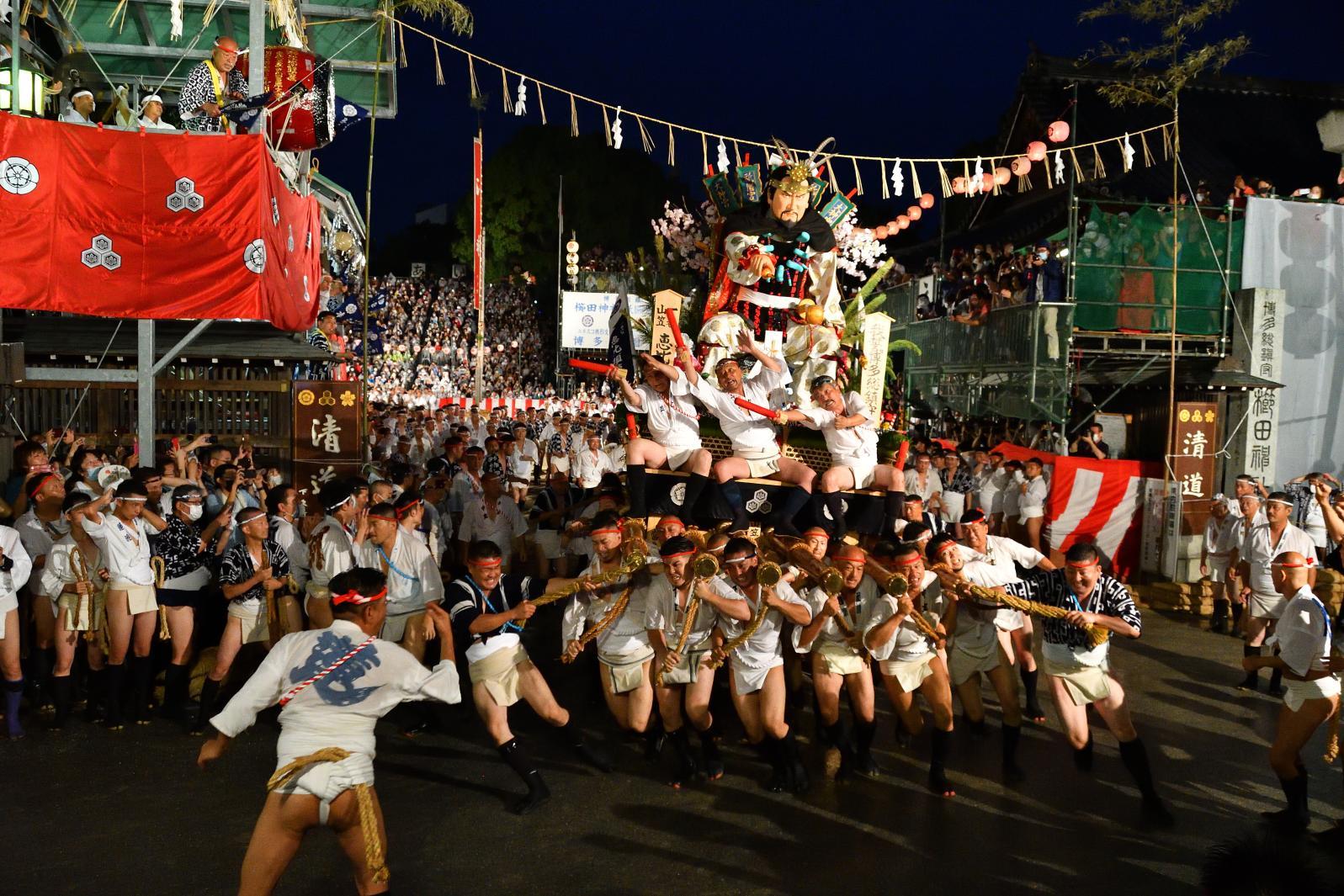
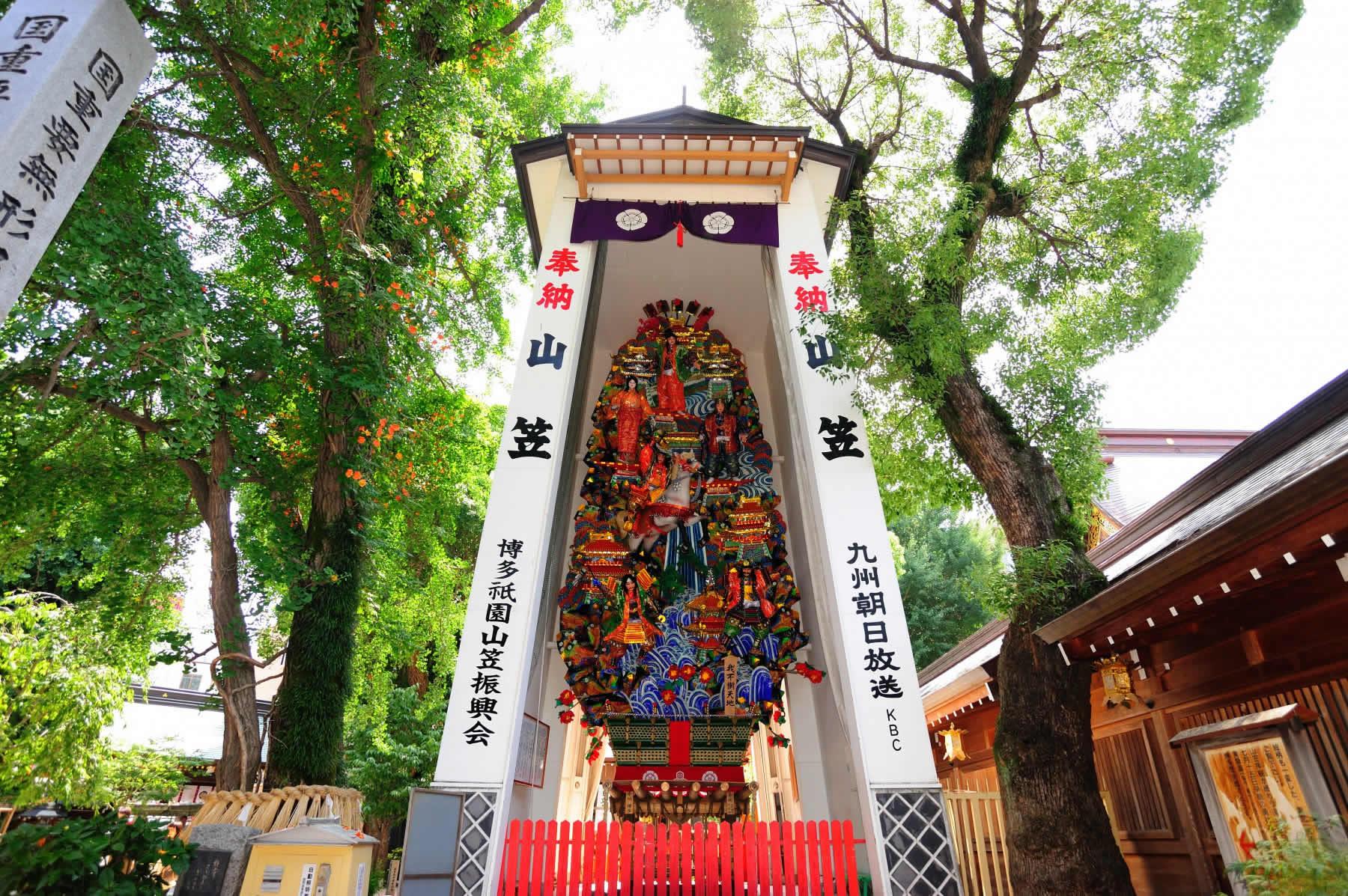
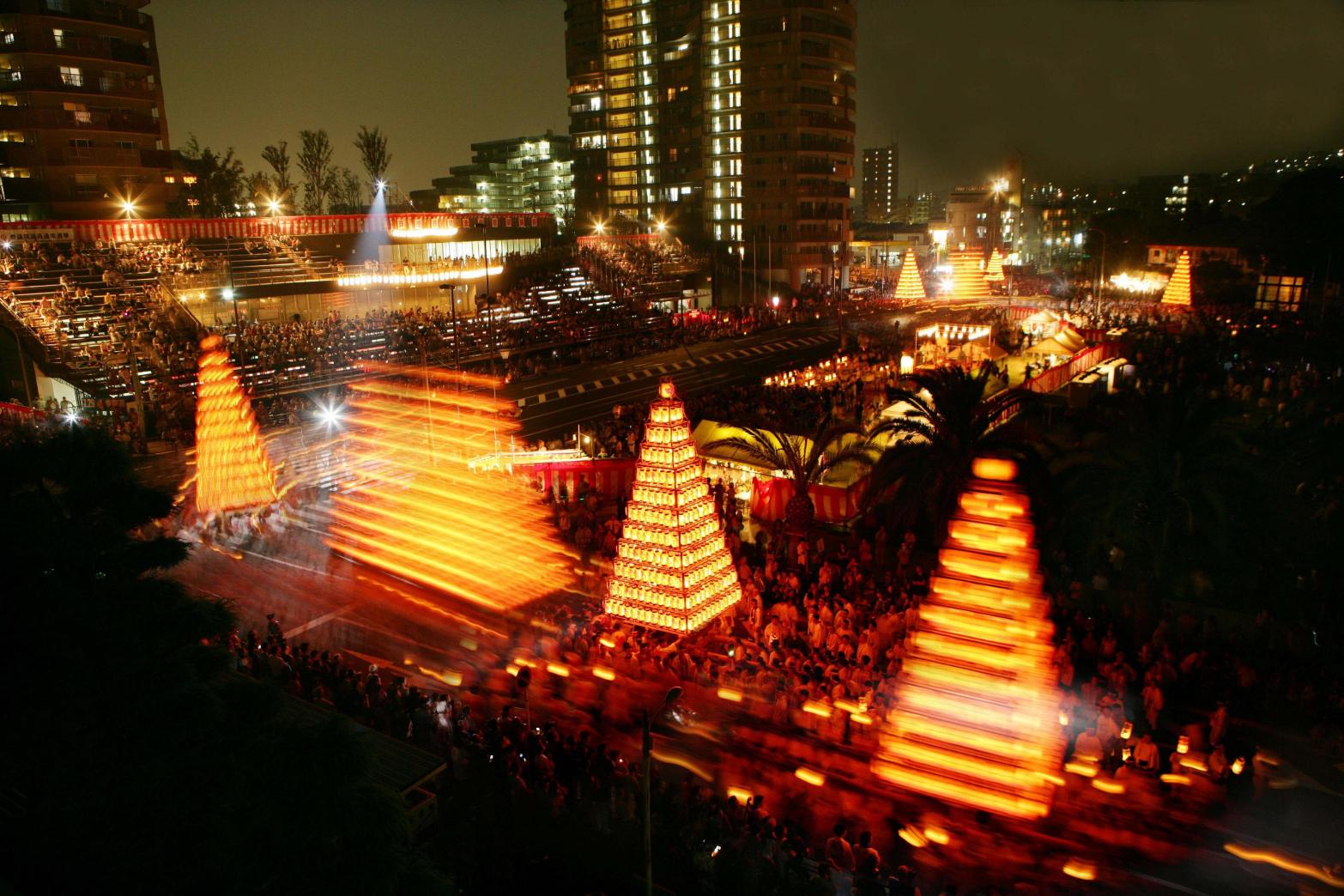
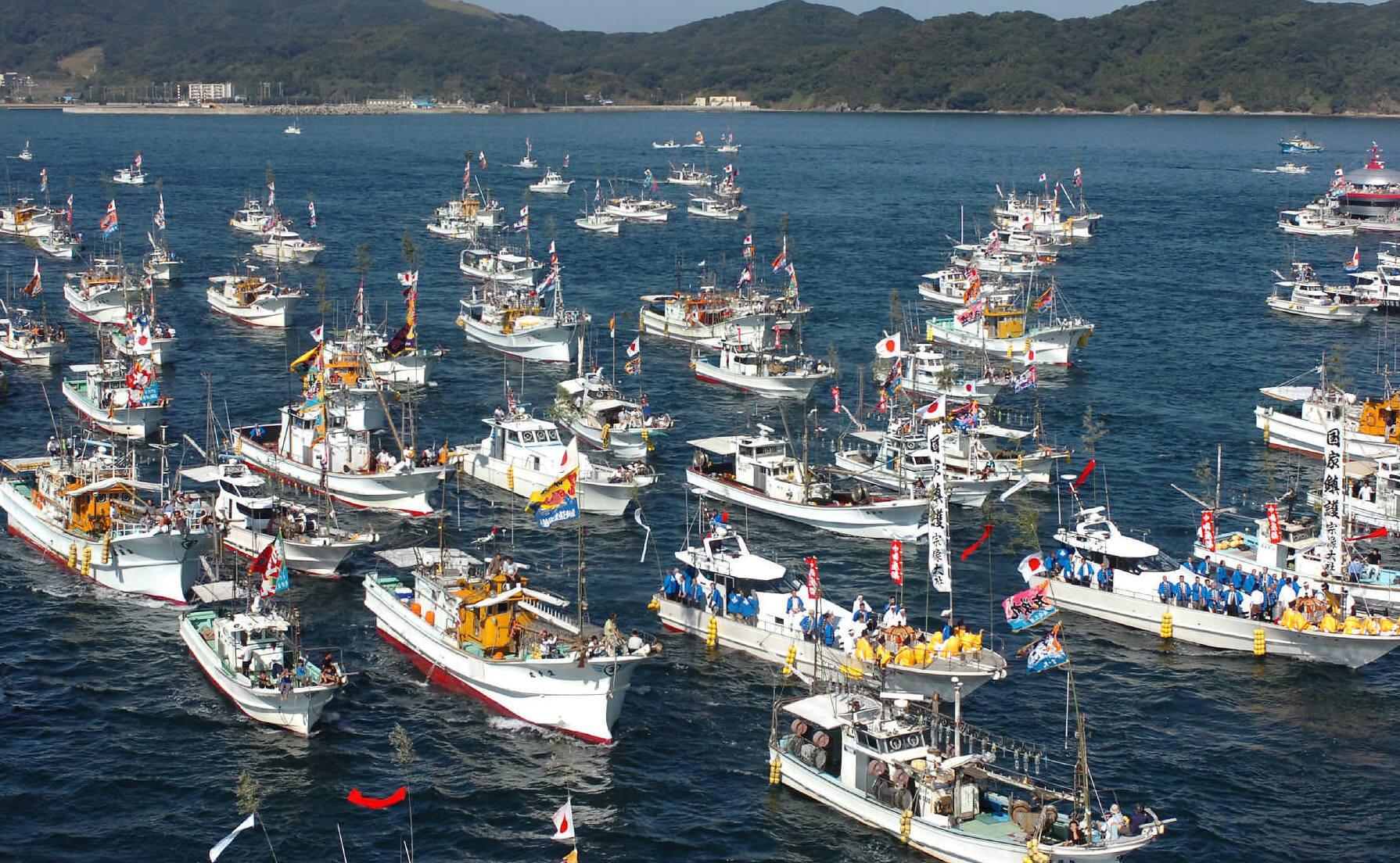
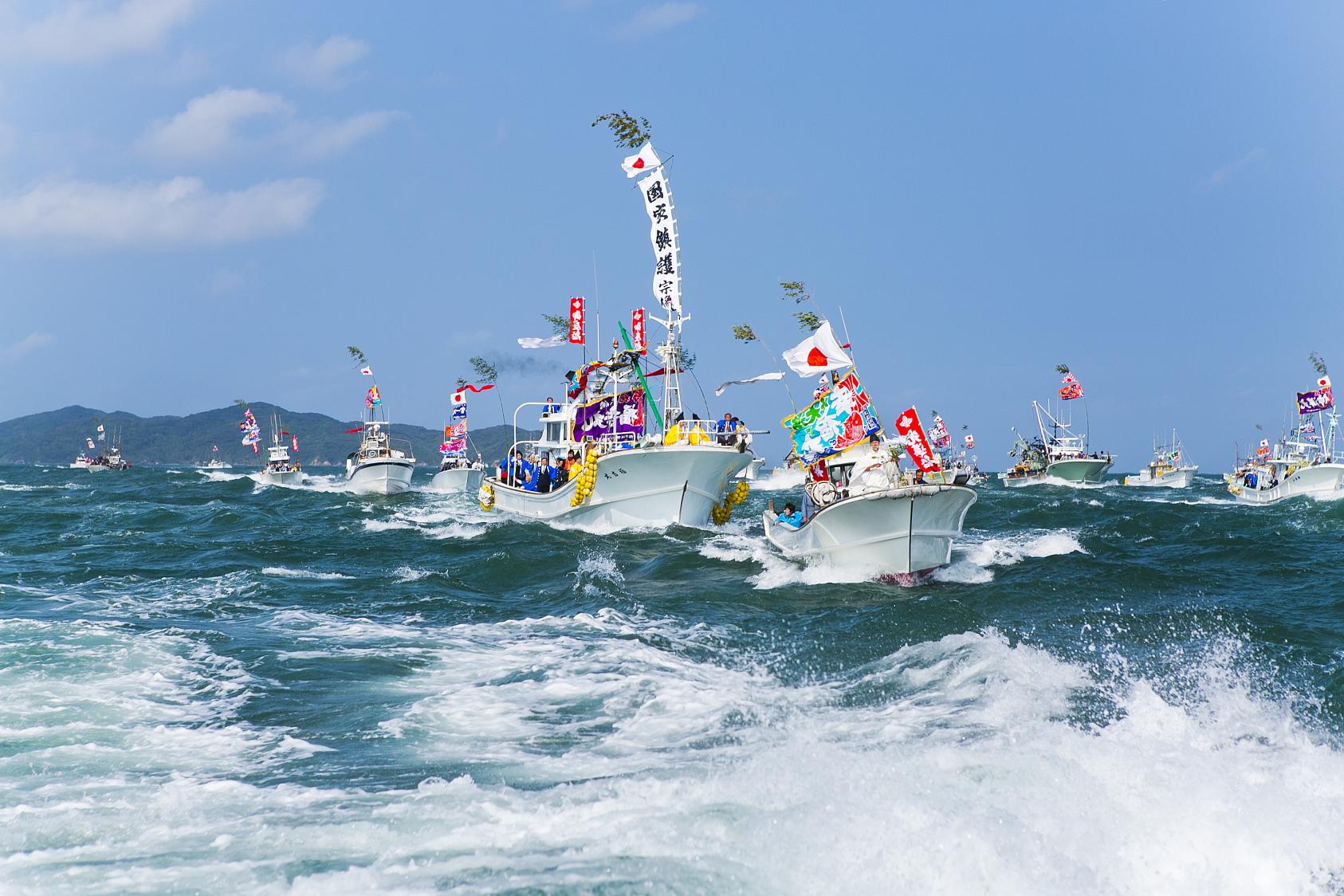
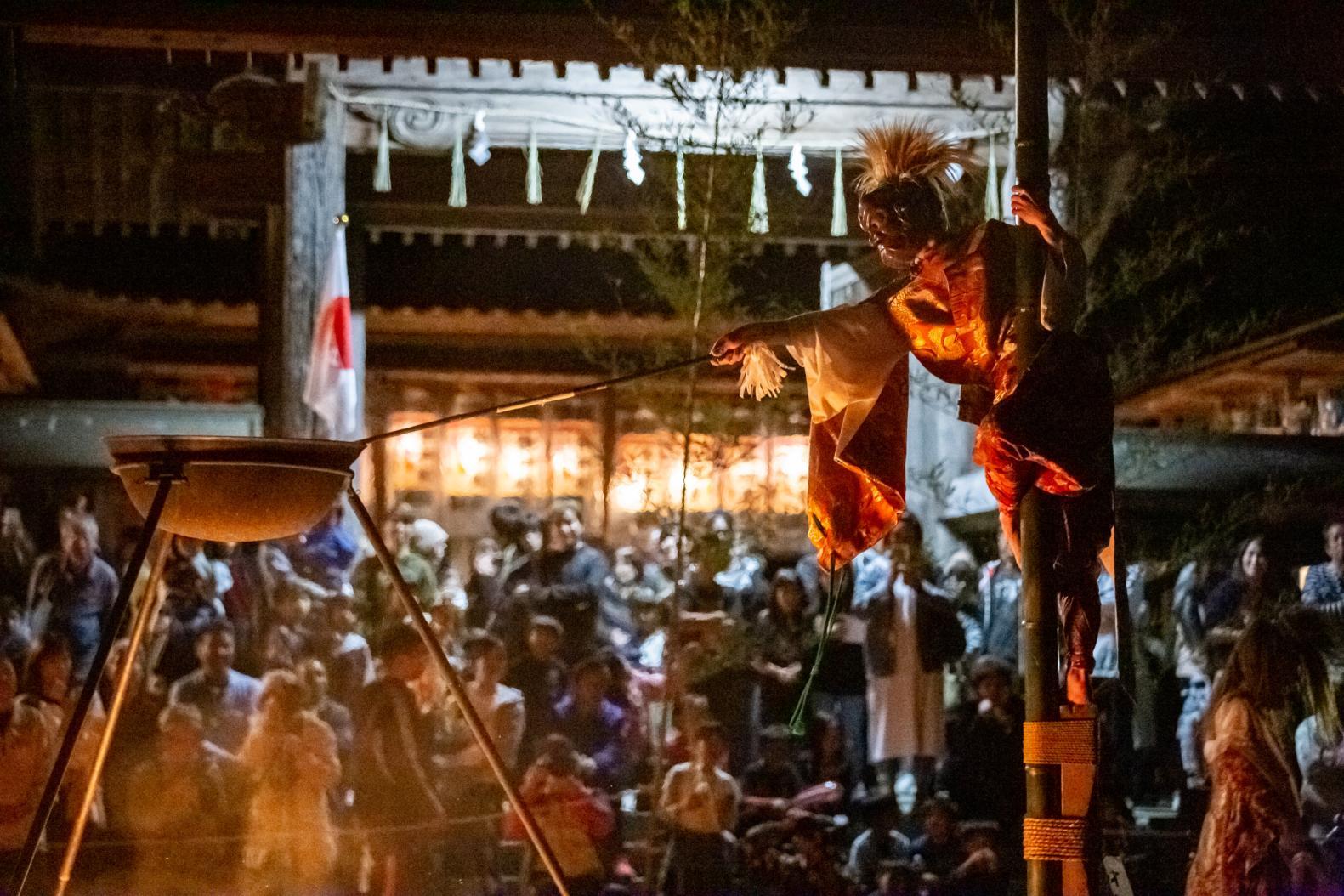
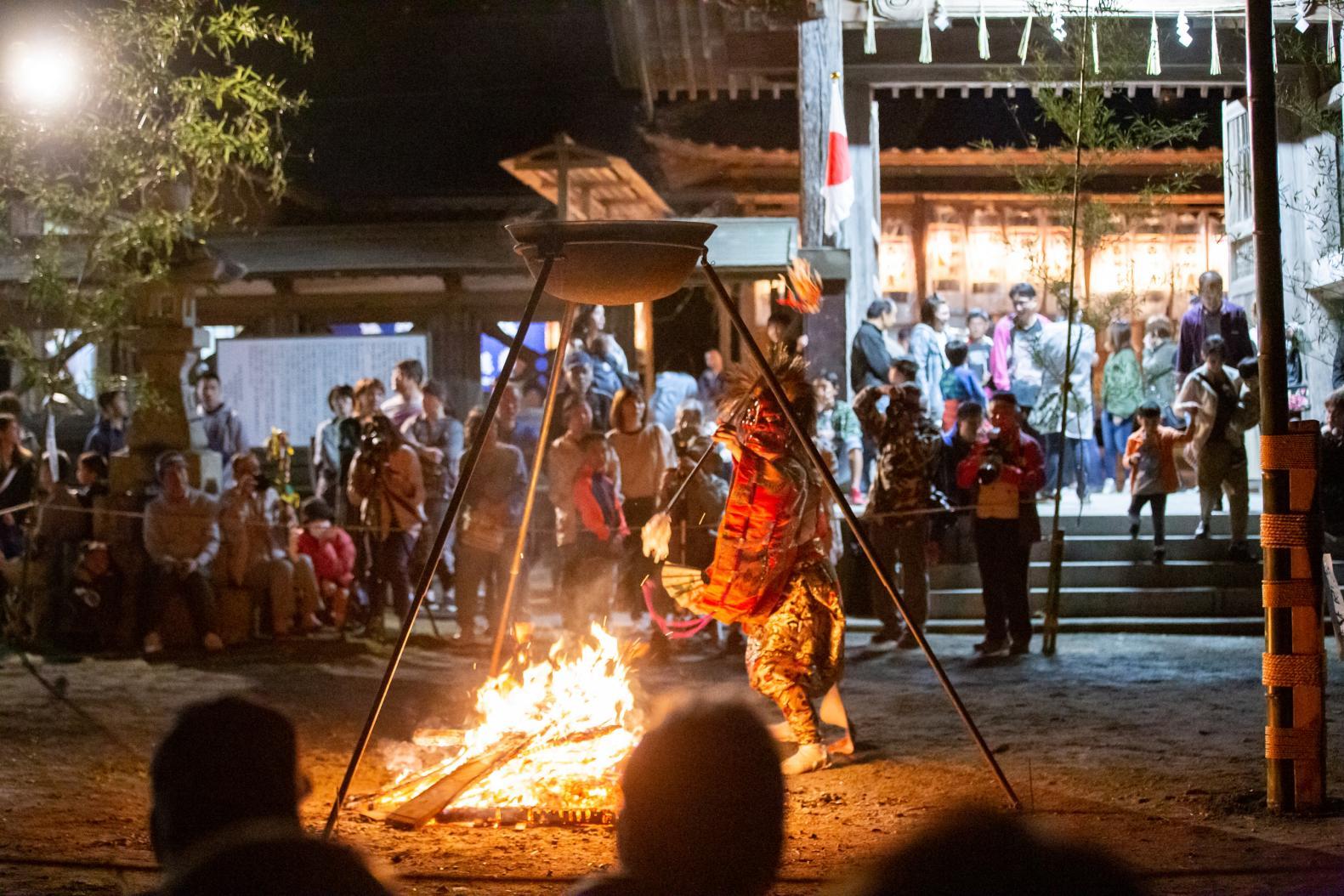
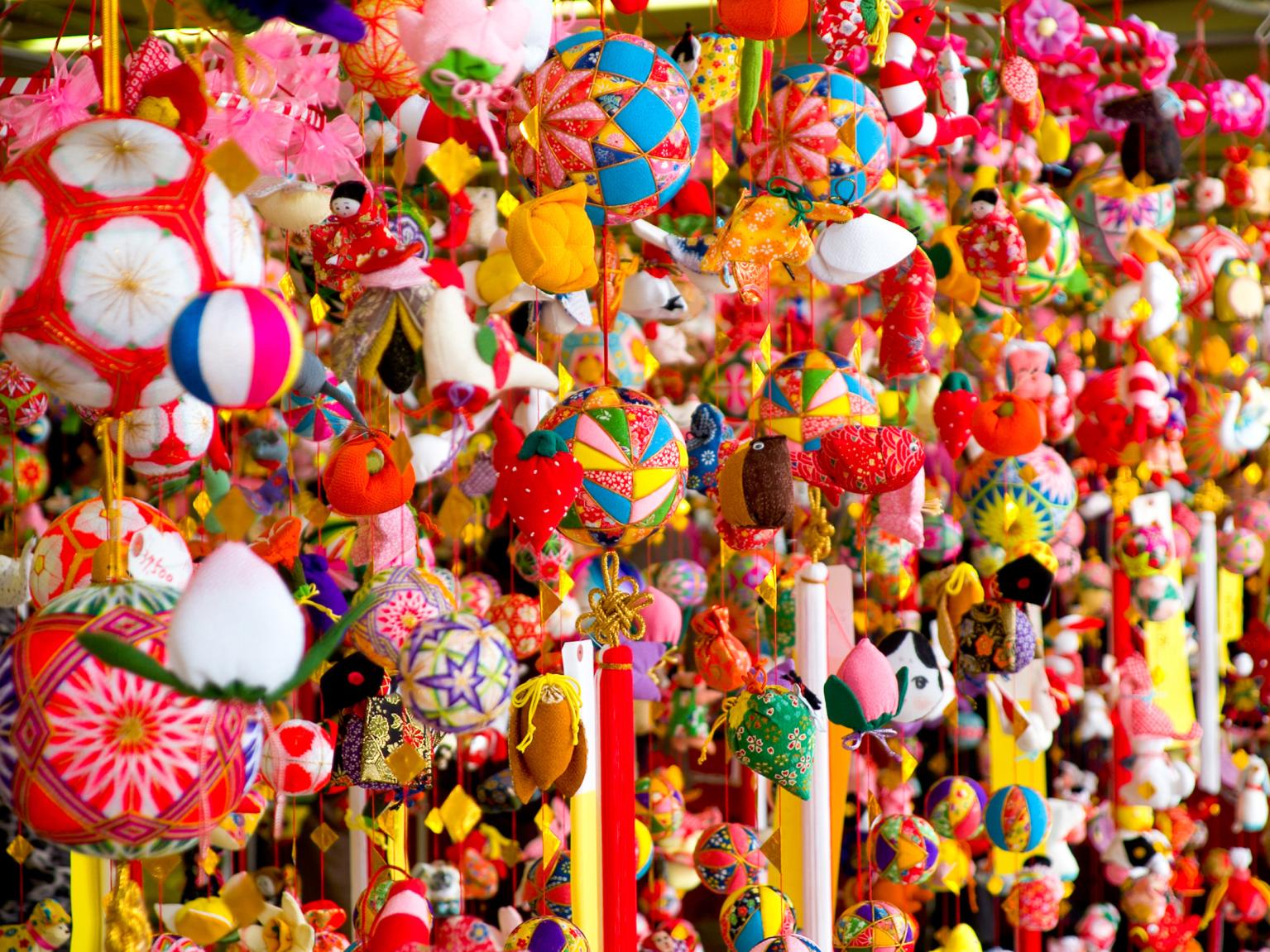
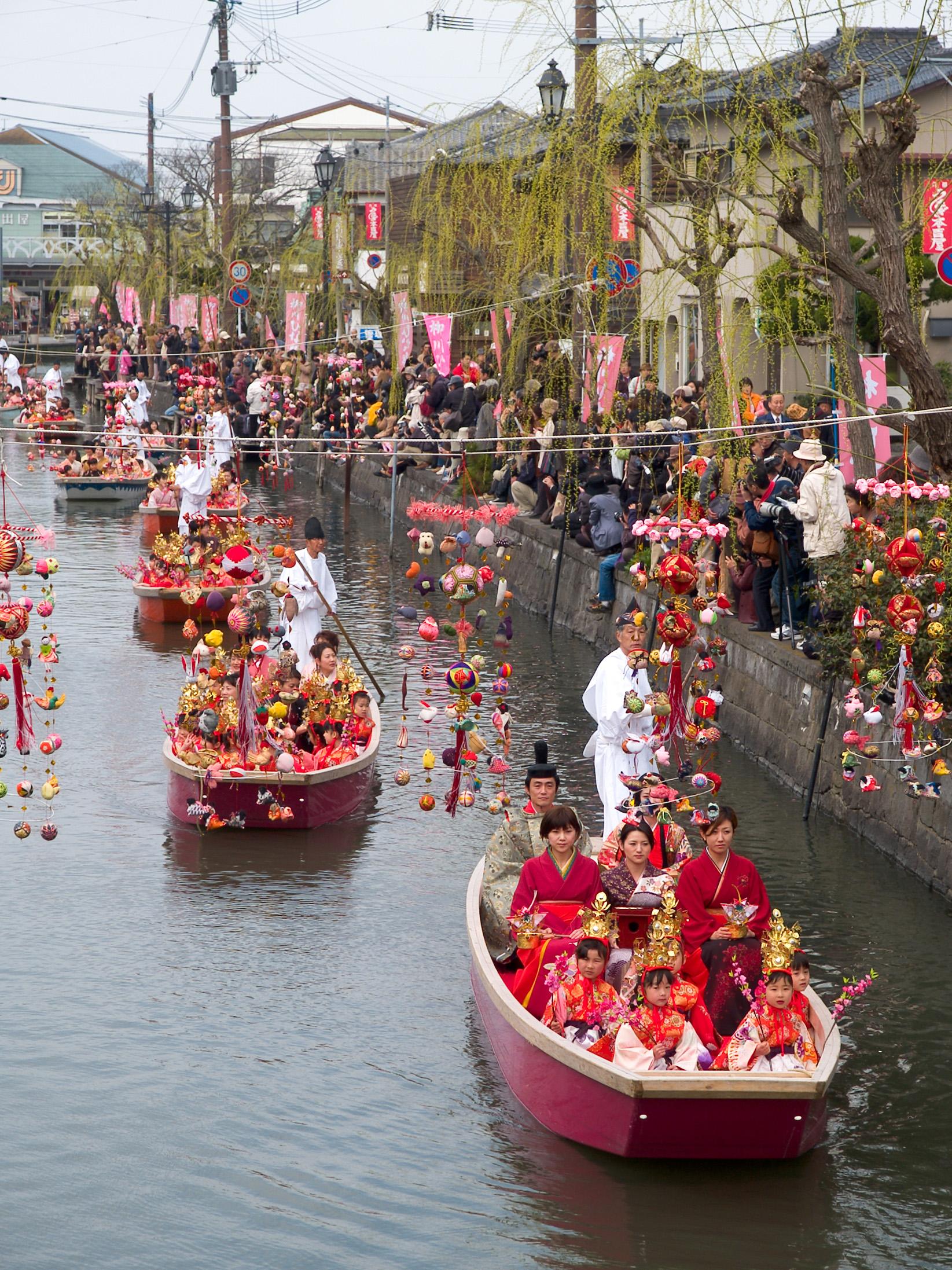
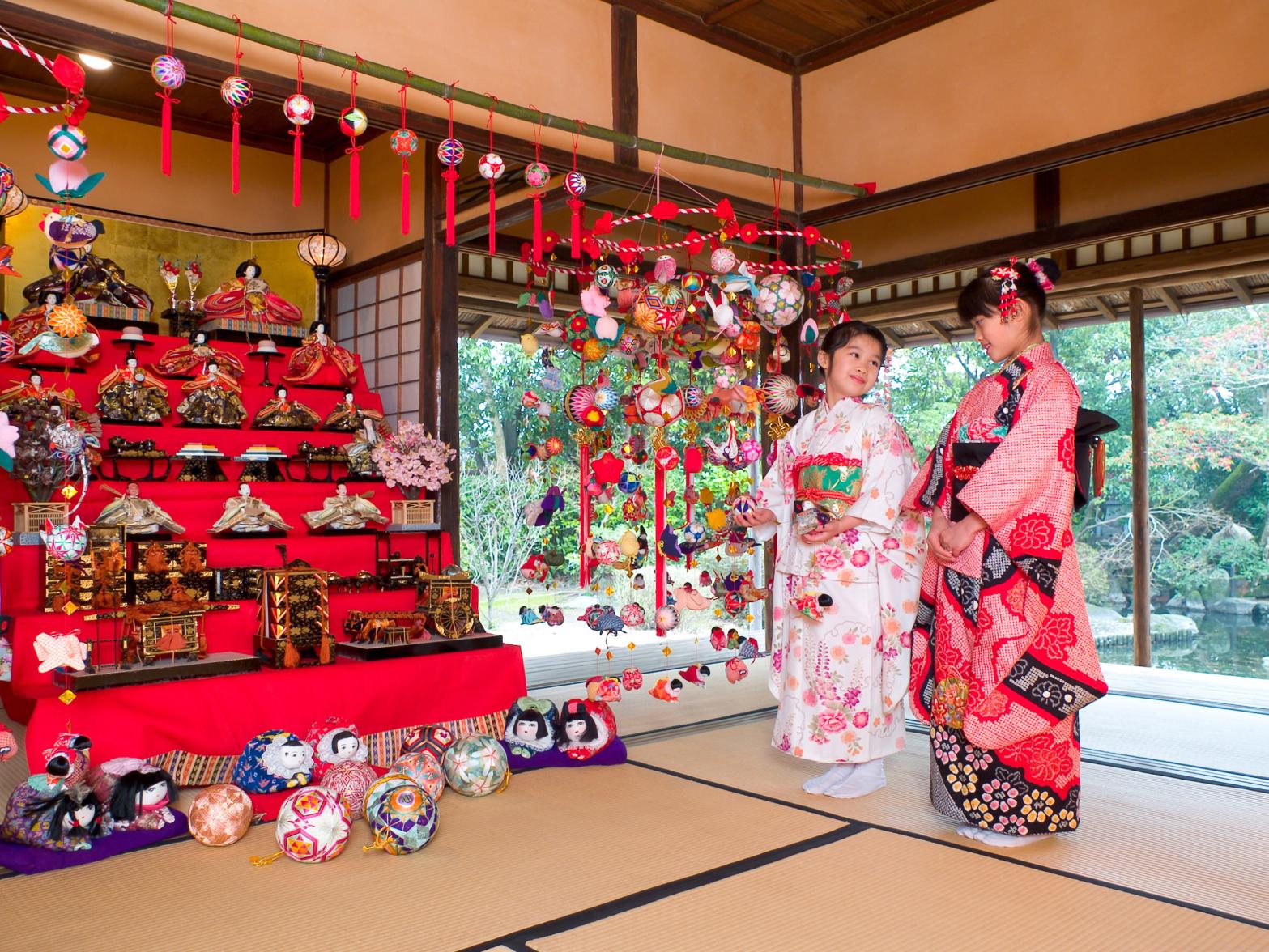
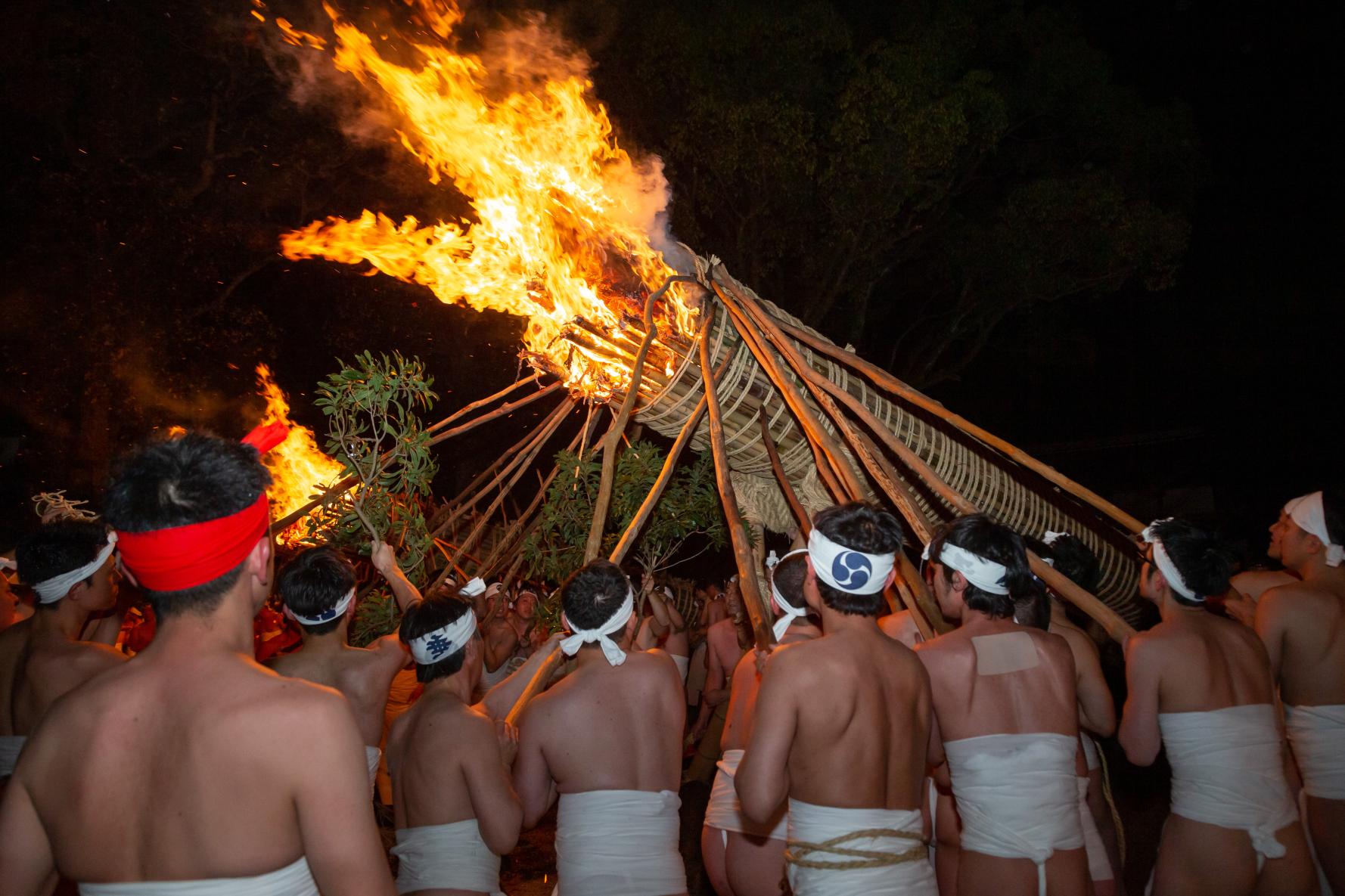
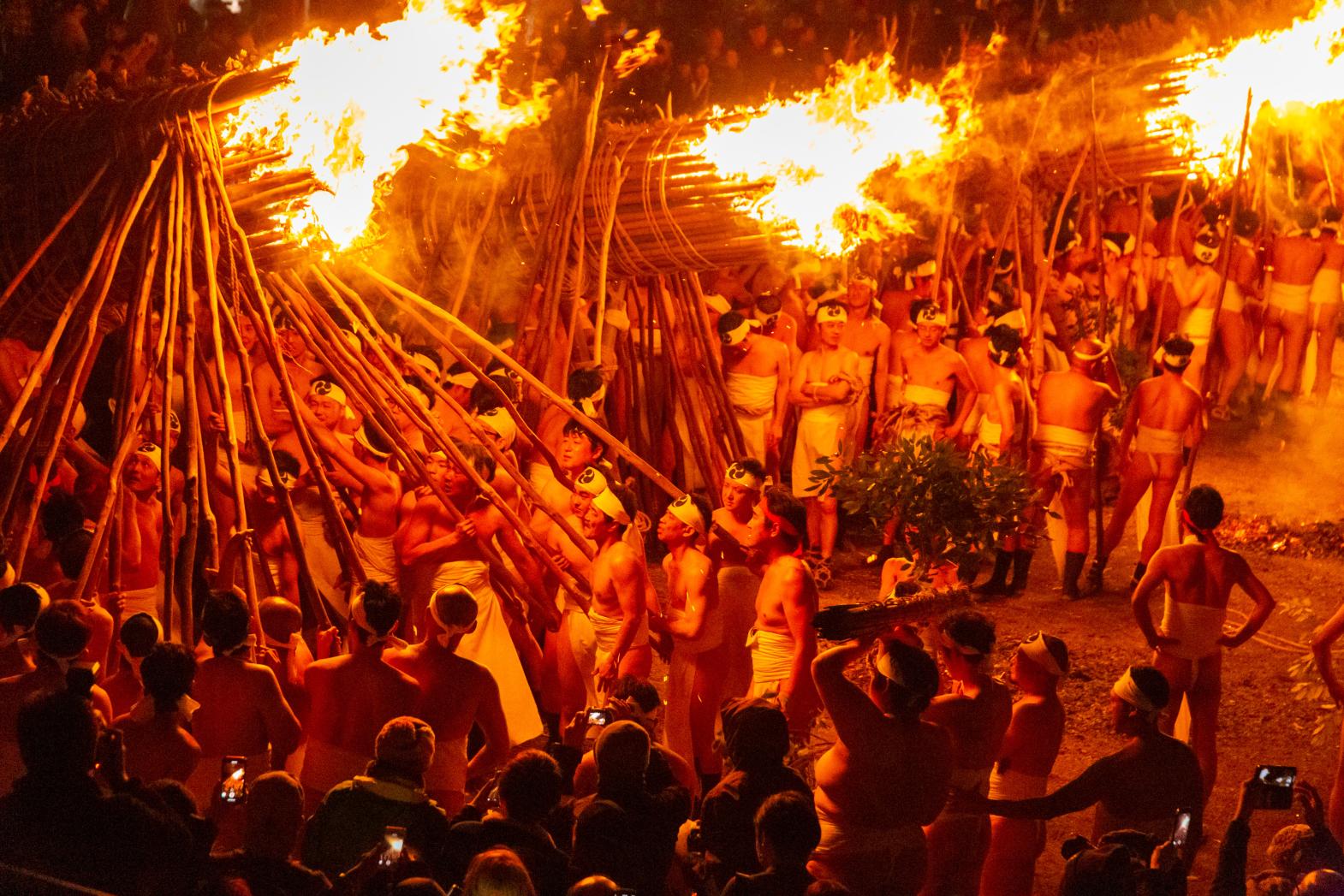
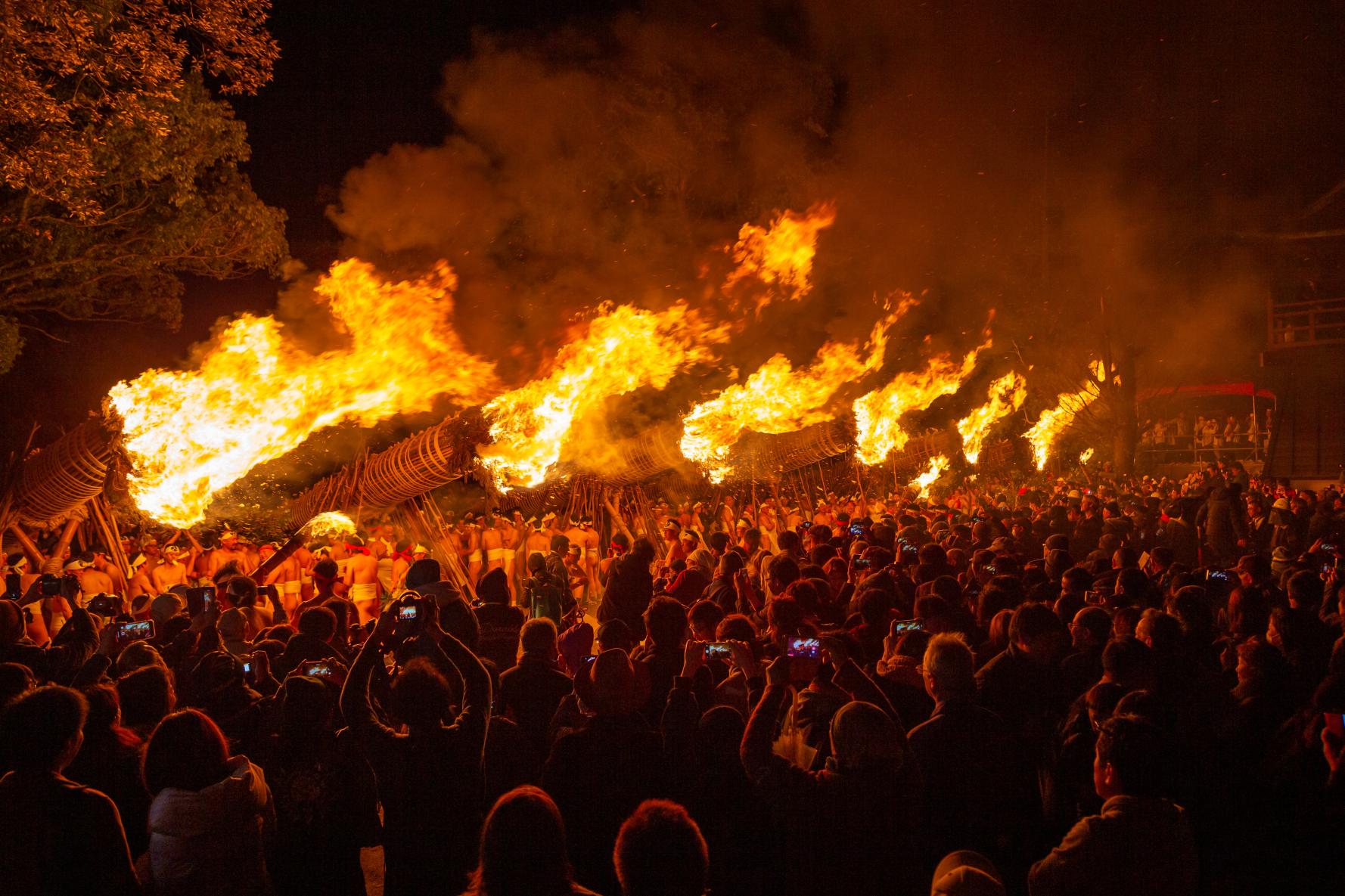
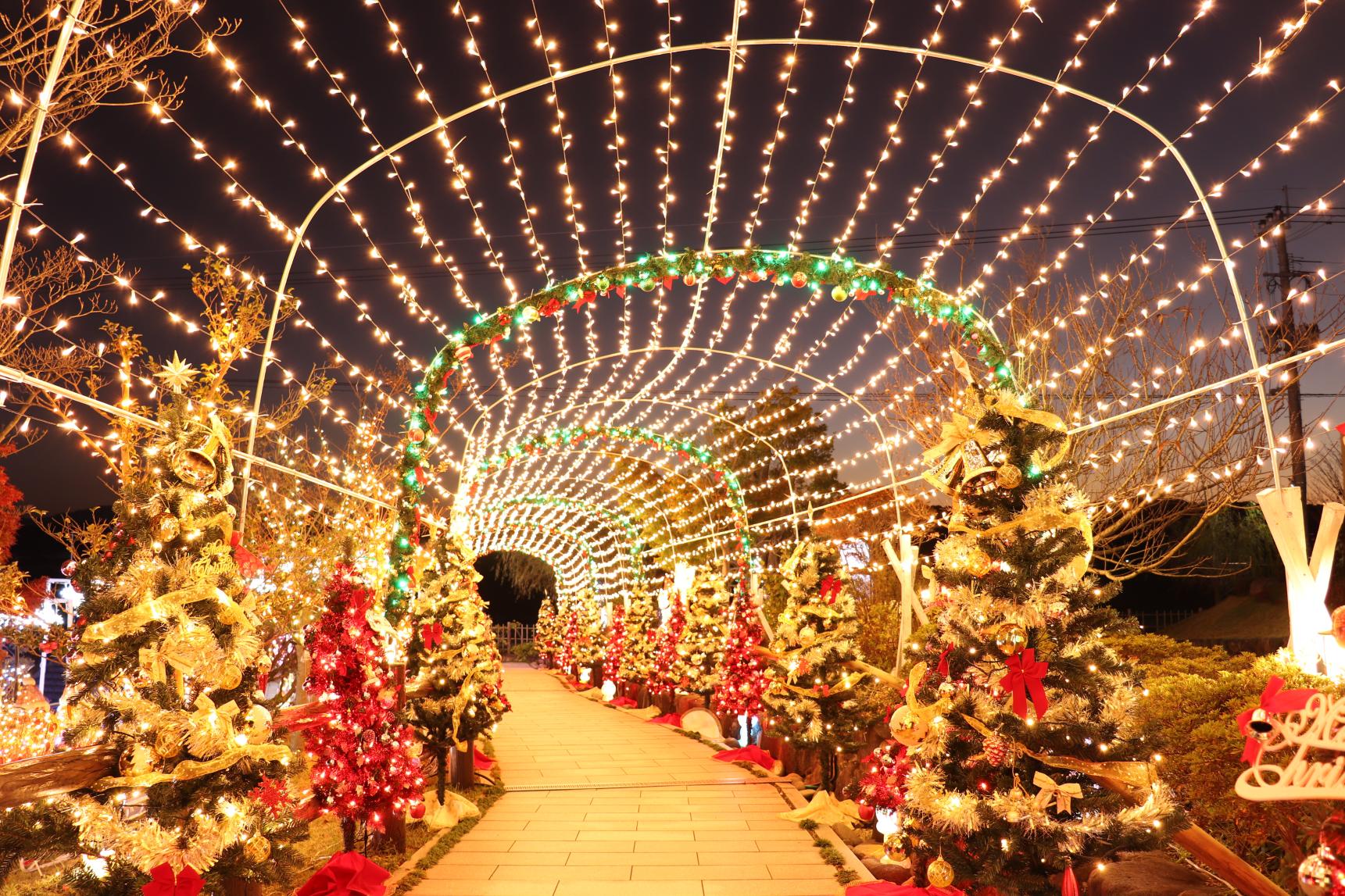
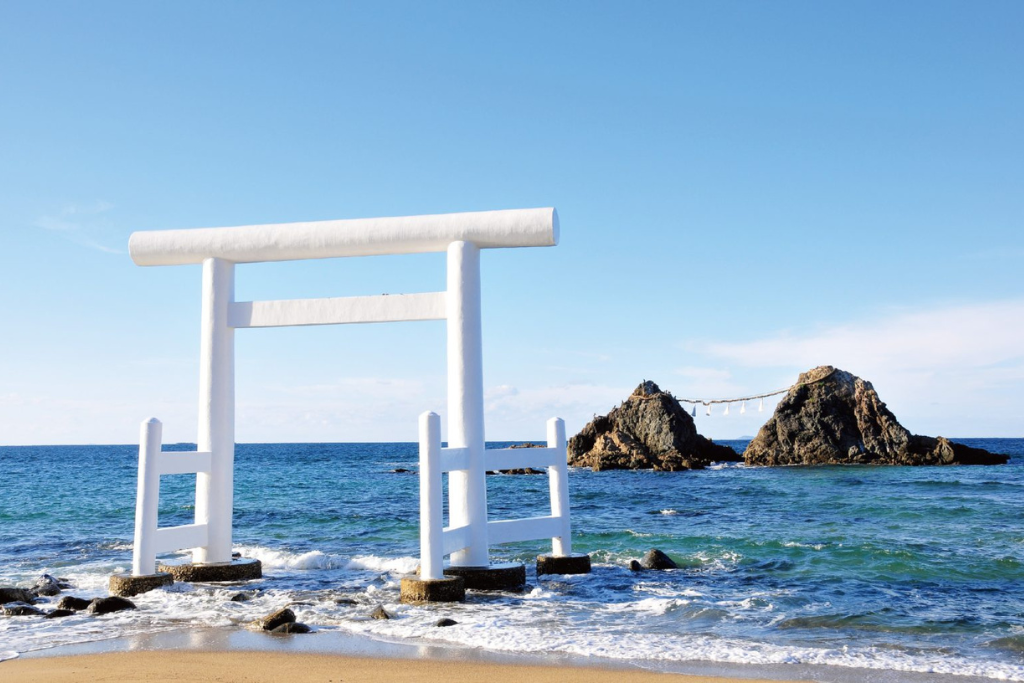
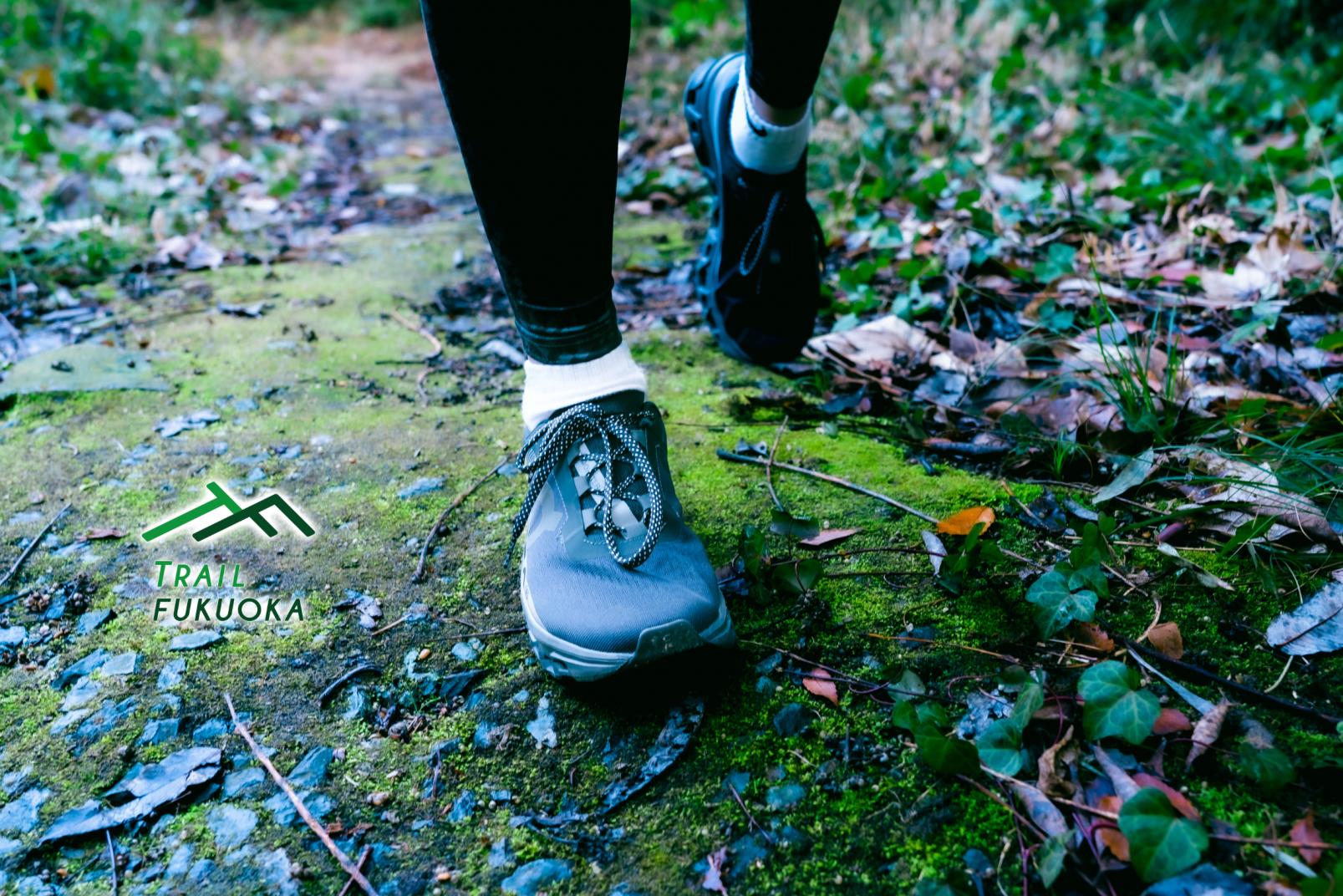
![[2025 Edition] The Best Places to See Cherry Blossoms in Fukuoka-1](https://www.crossroadfukuoka.jp/storage/special_features/38/responsive_images/q0hE9tjduBiHqz9D4hlPG9Rx4qnsyGjp3aFupoG1__1673_1115.jpg)
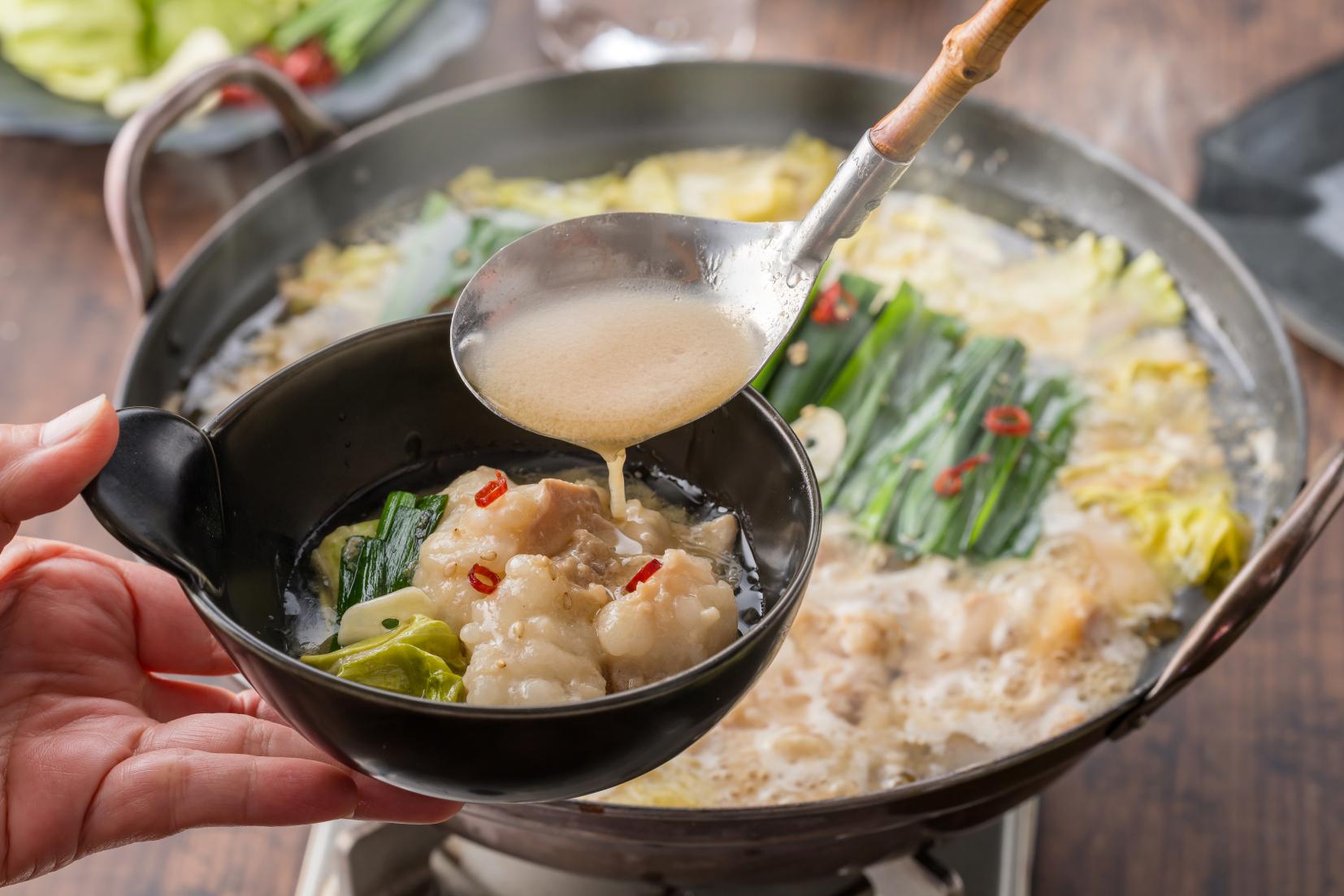
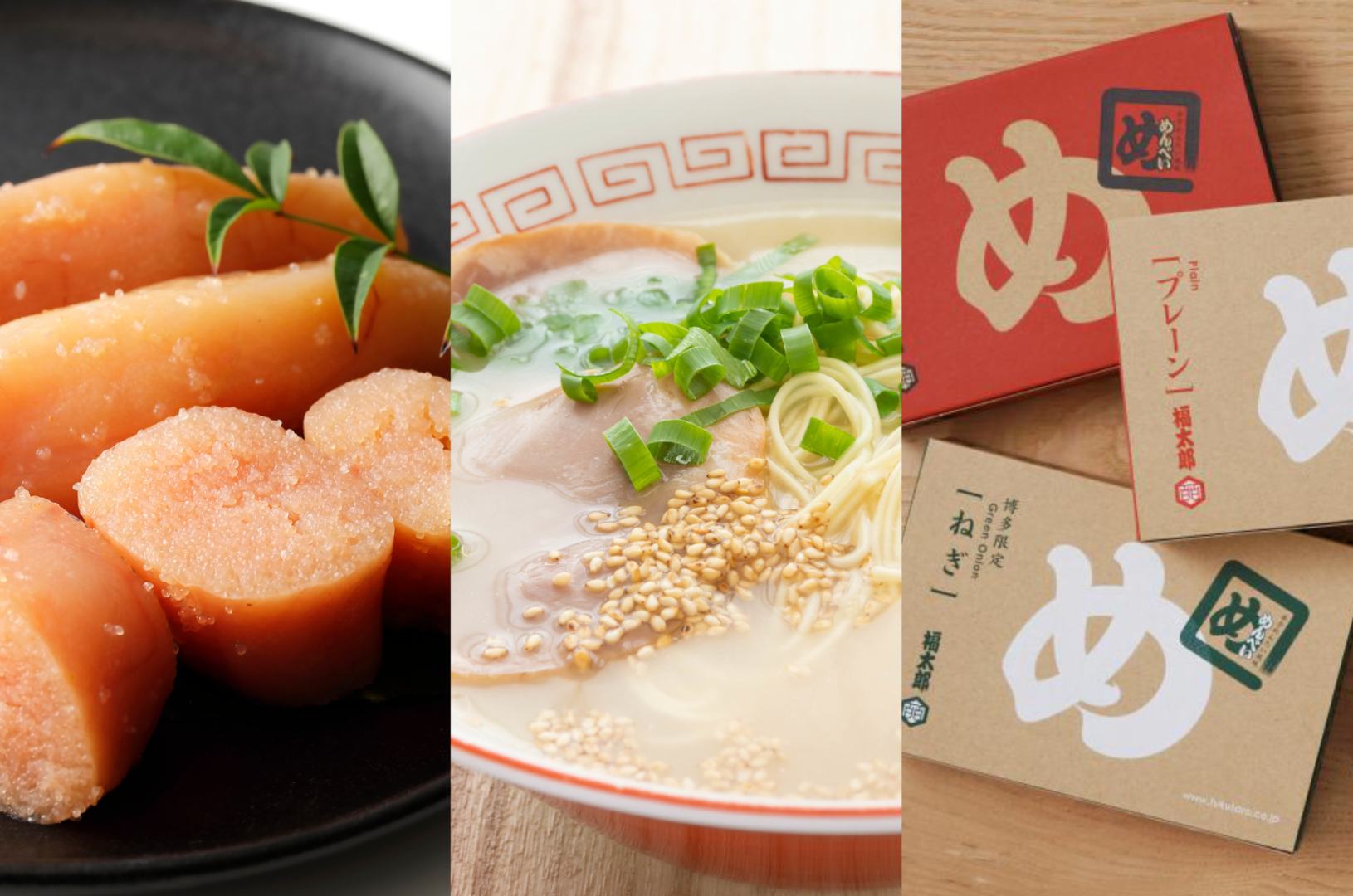
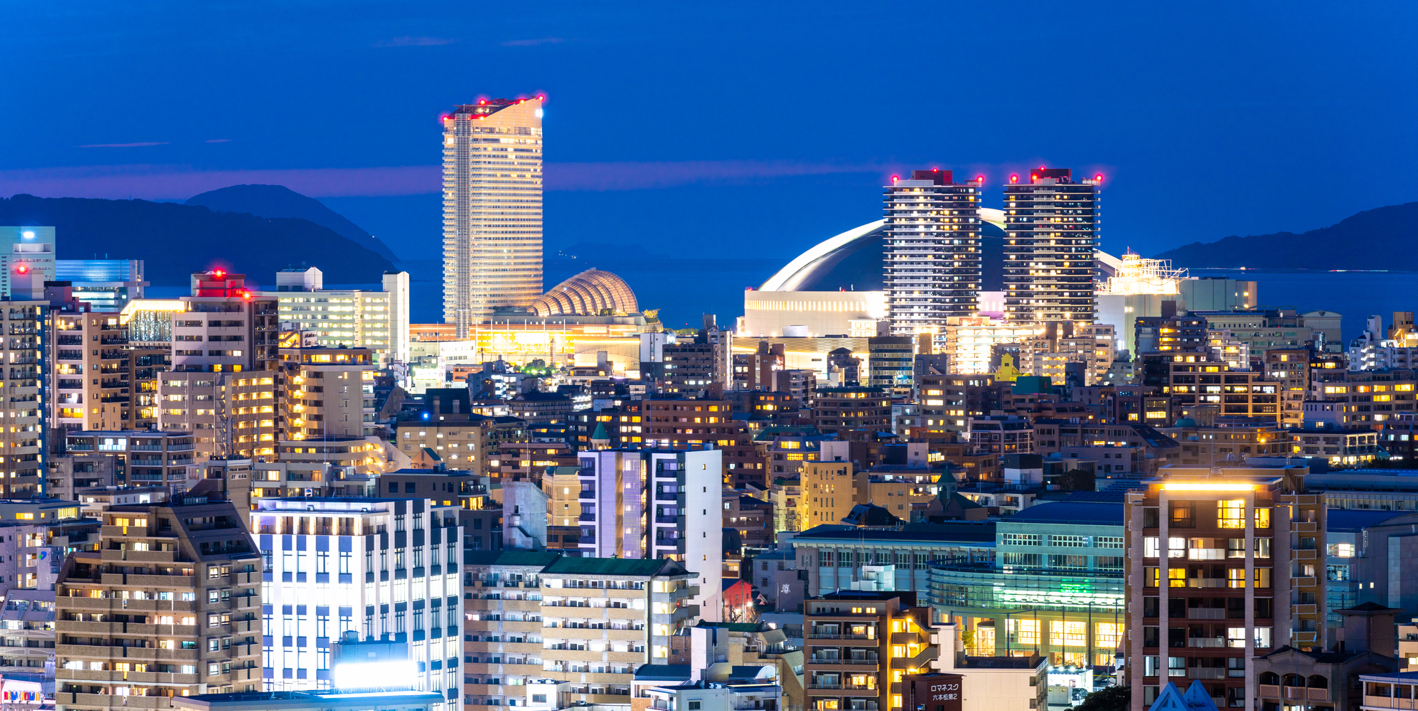
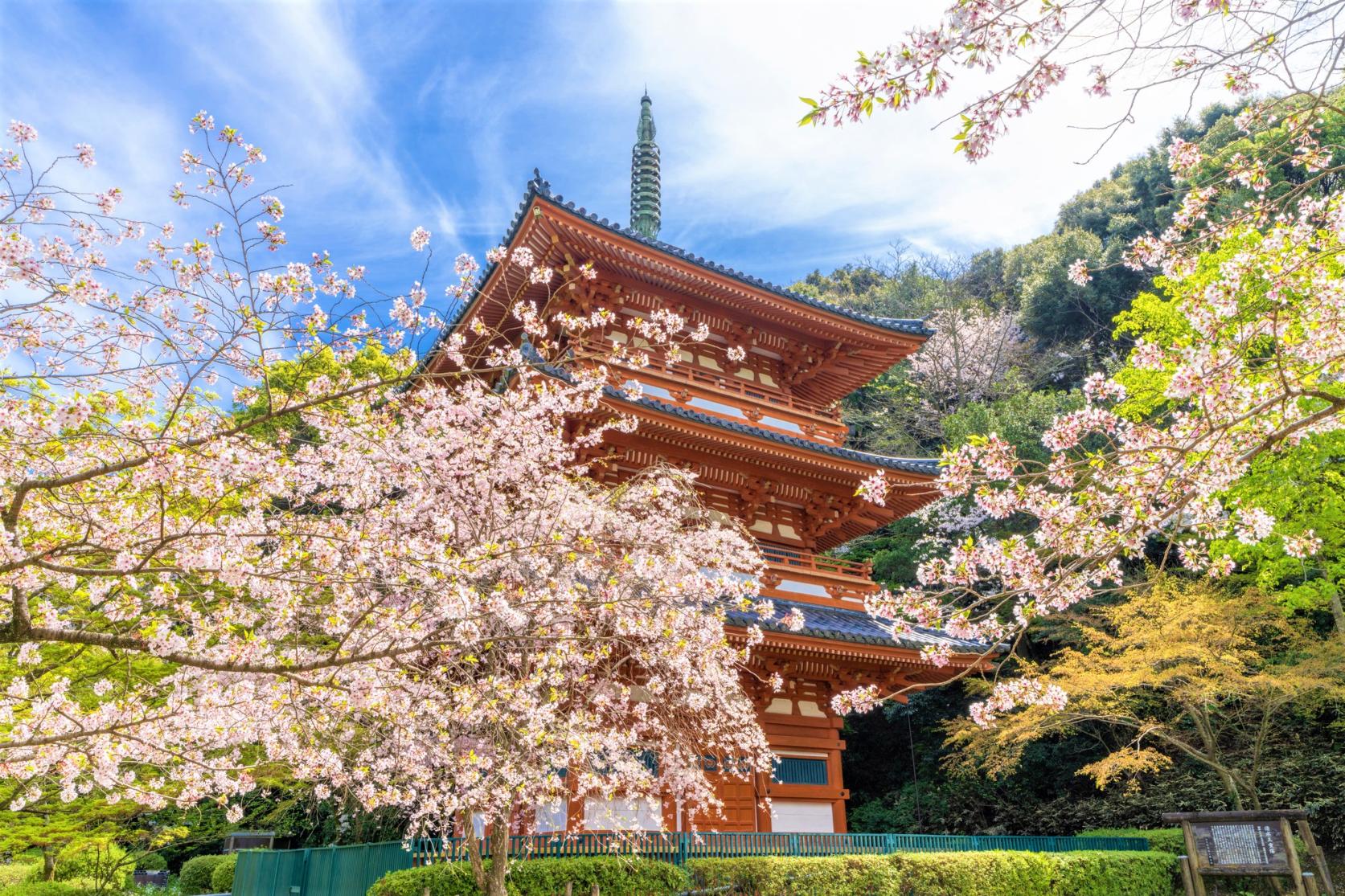
![[2025 Edition] Strawberry Picking Spots in Fukuoka-1](https://www.crossroadfukuoka.jp/storage/special_features/49/responsive_images/9ZHgrqvQdpH8tM4IRF54DXu0aPBF3YGGkj5WOTGc__1673_1115.jpg)
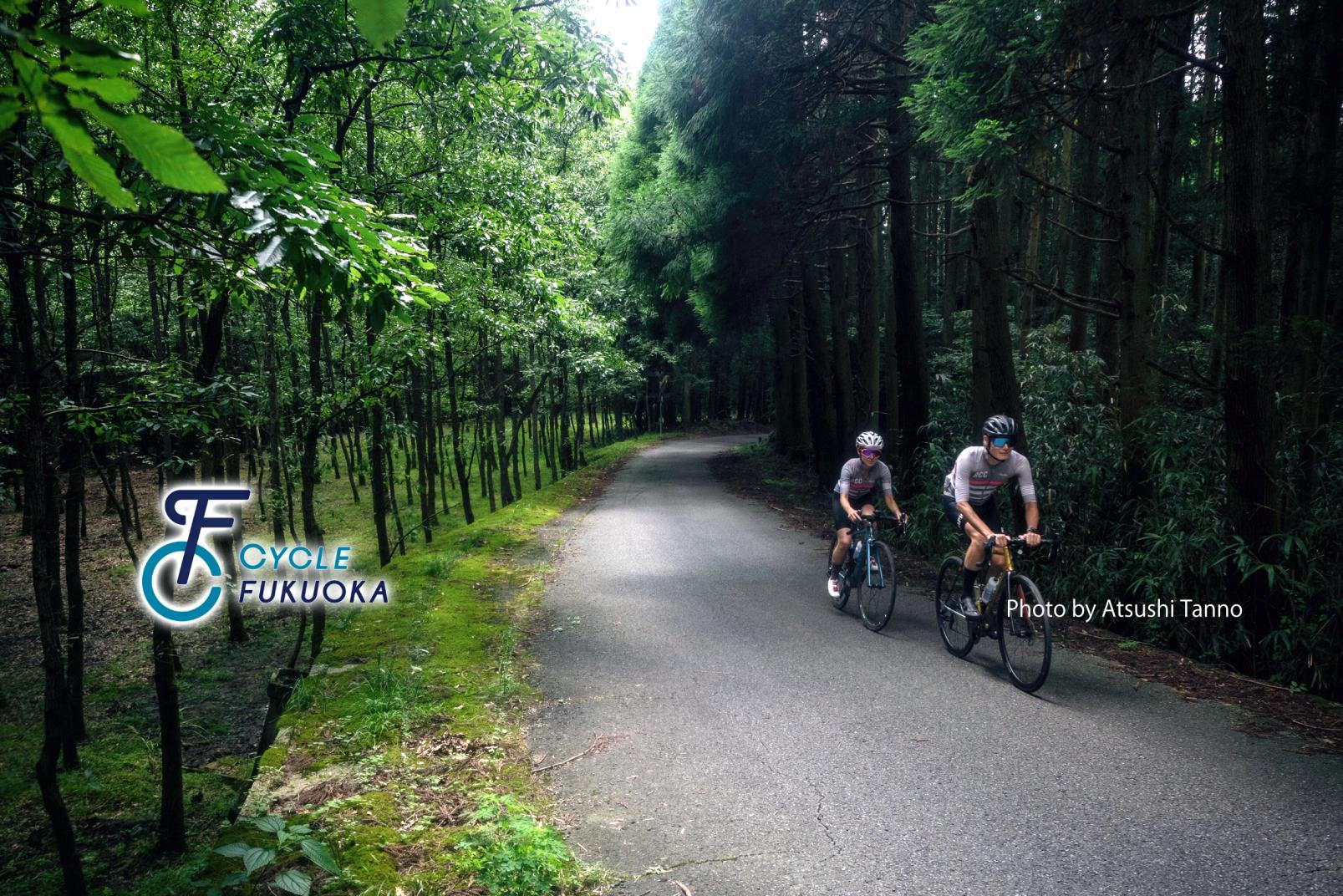
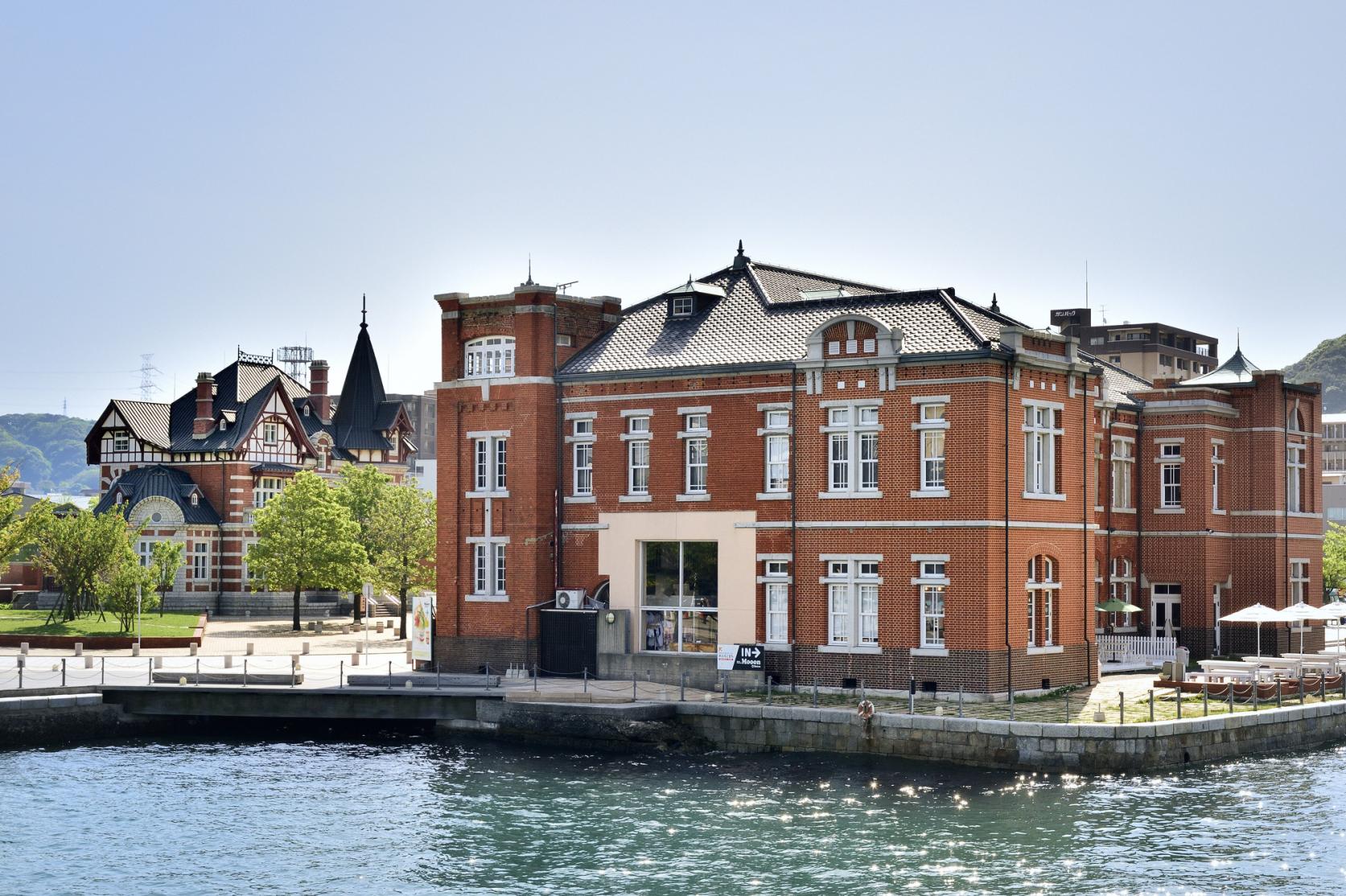
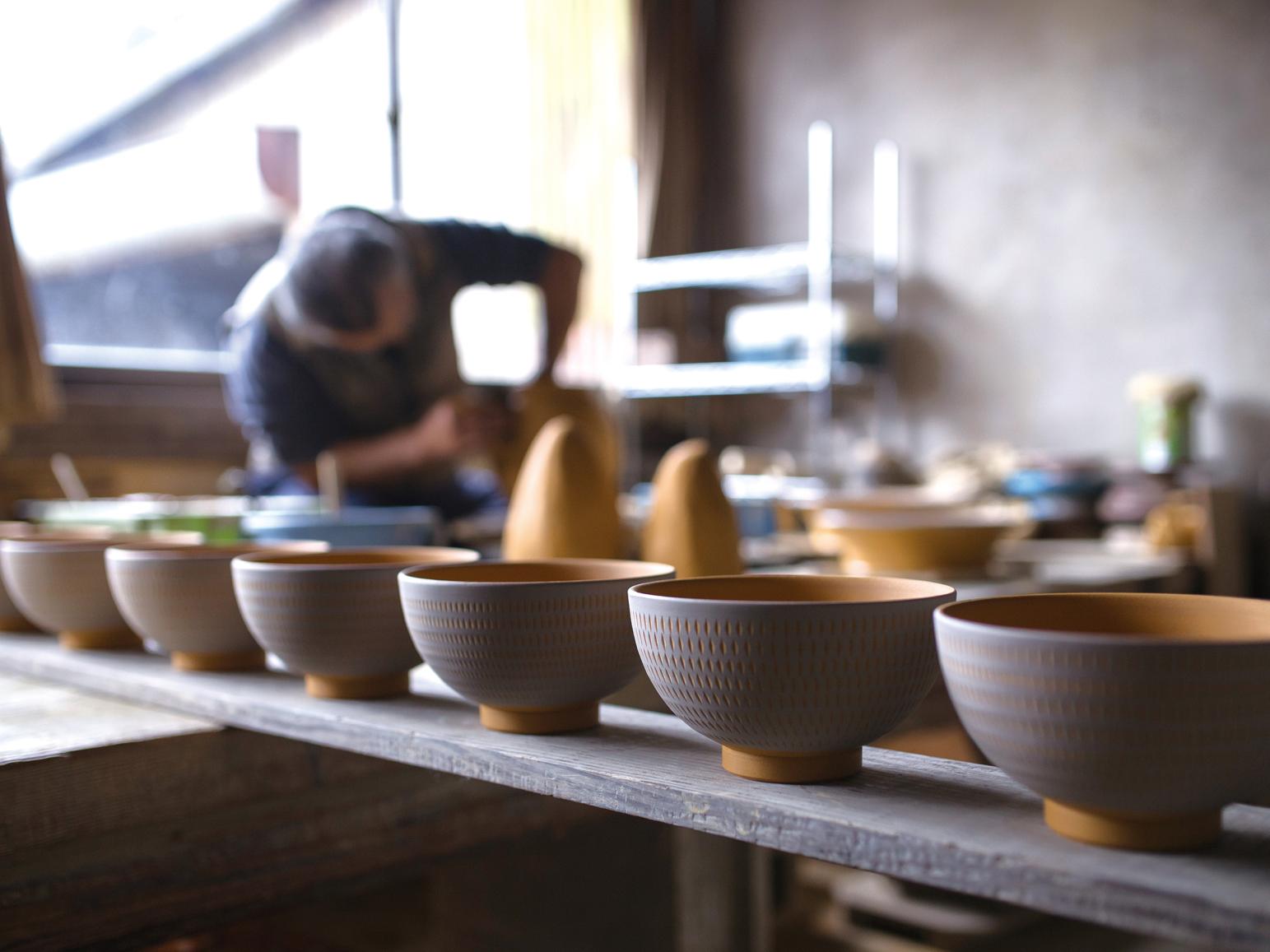
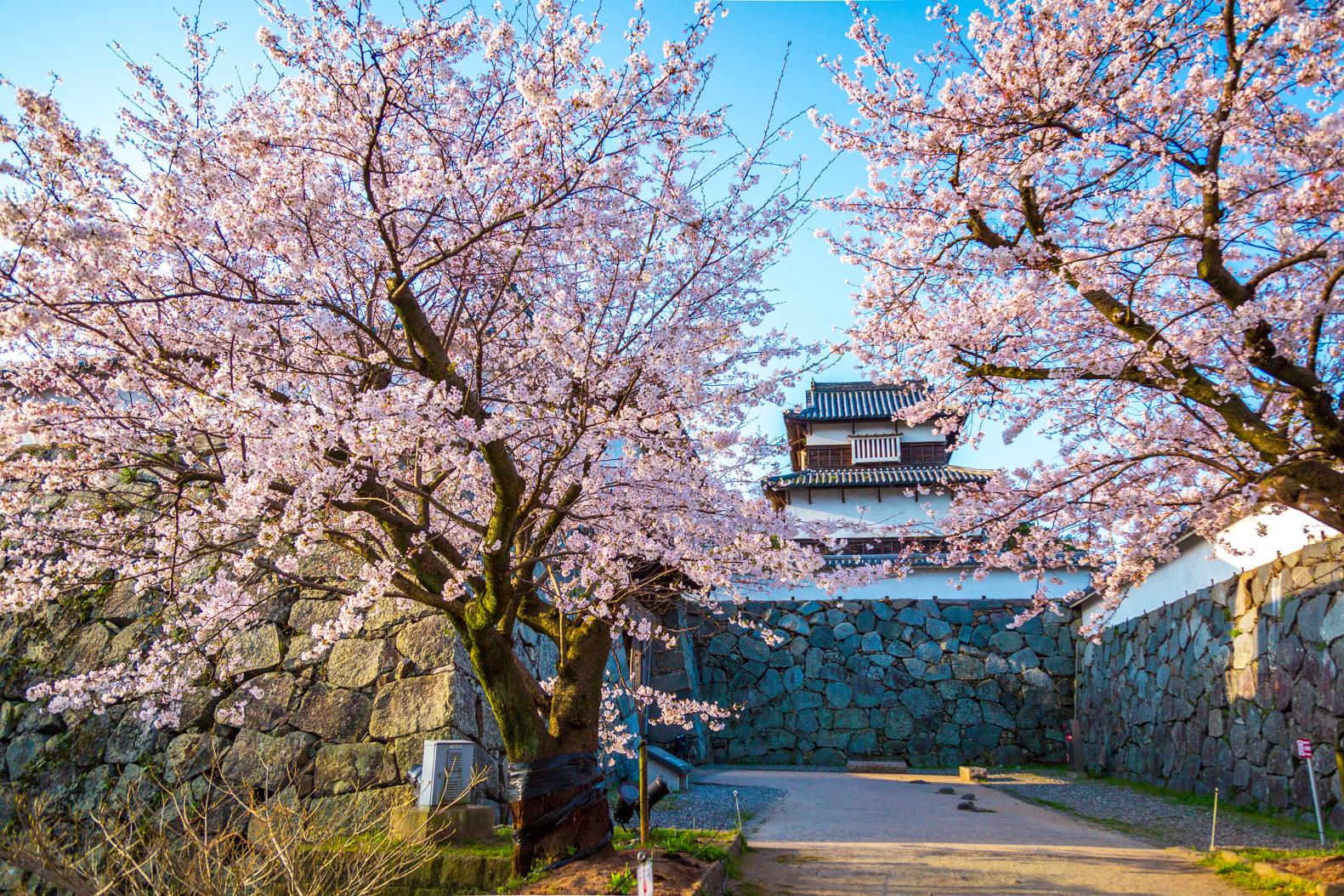
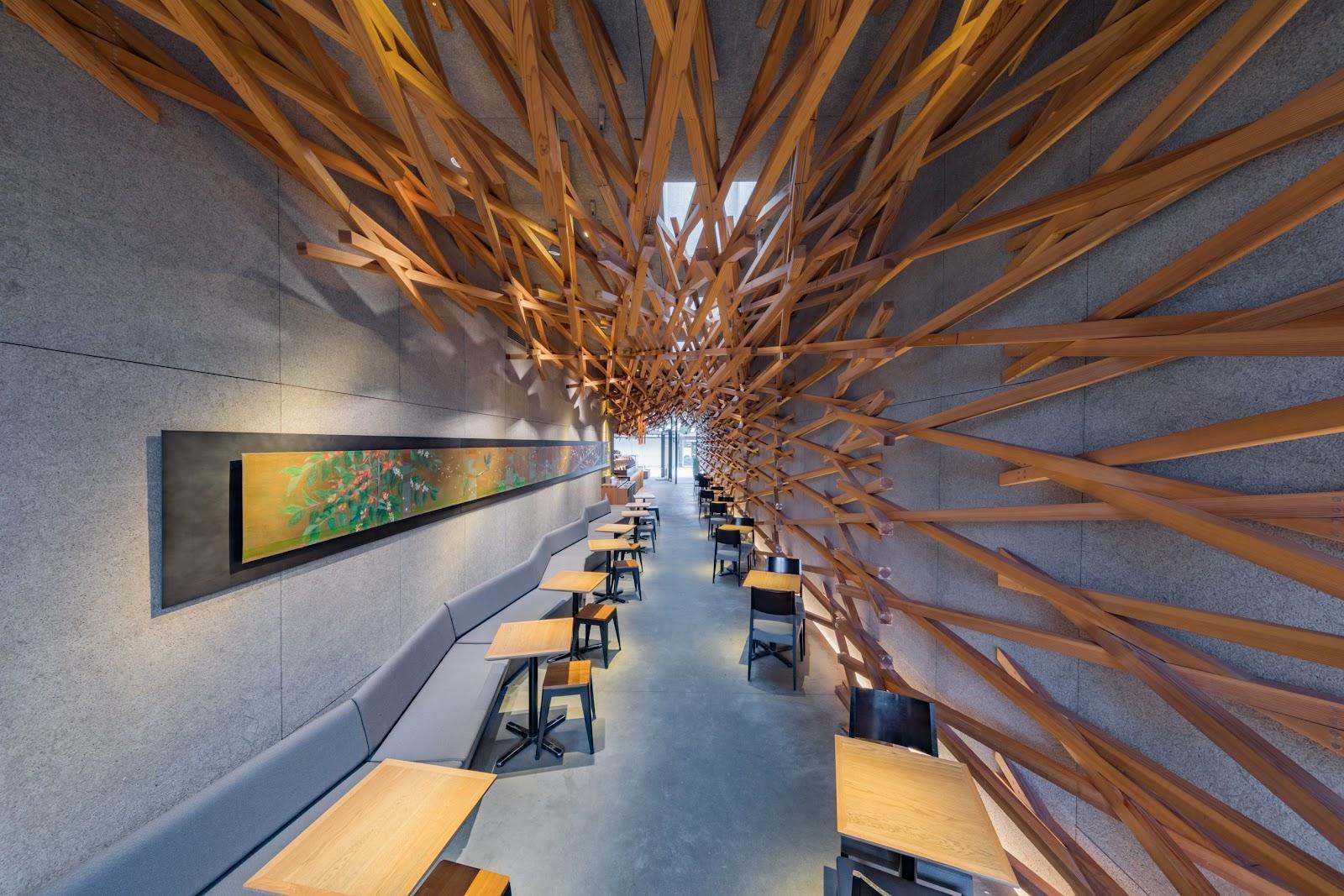
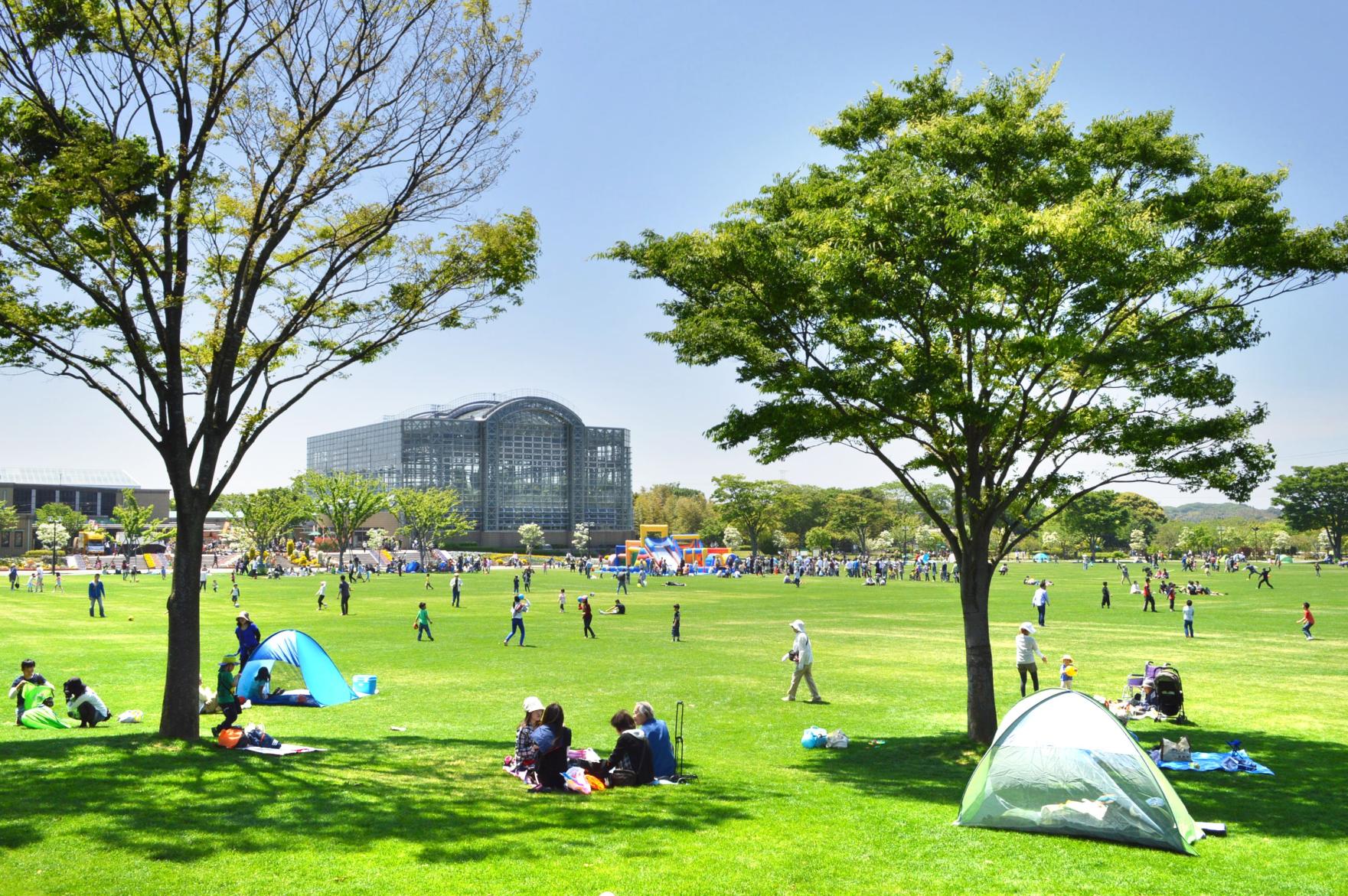
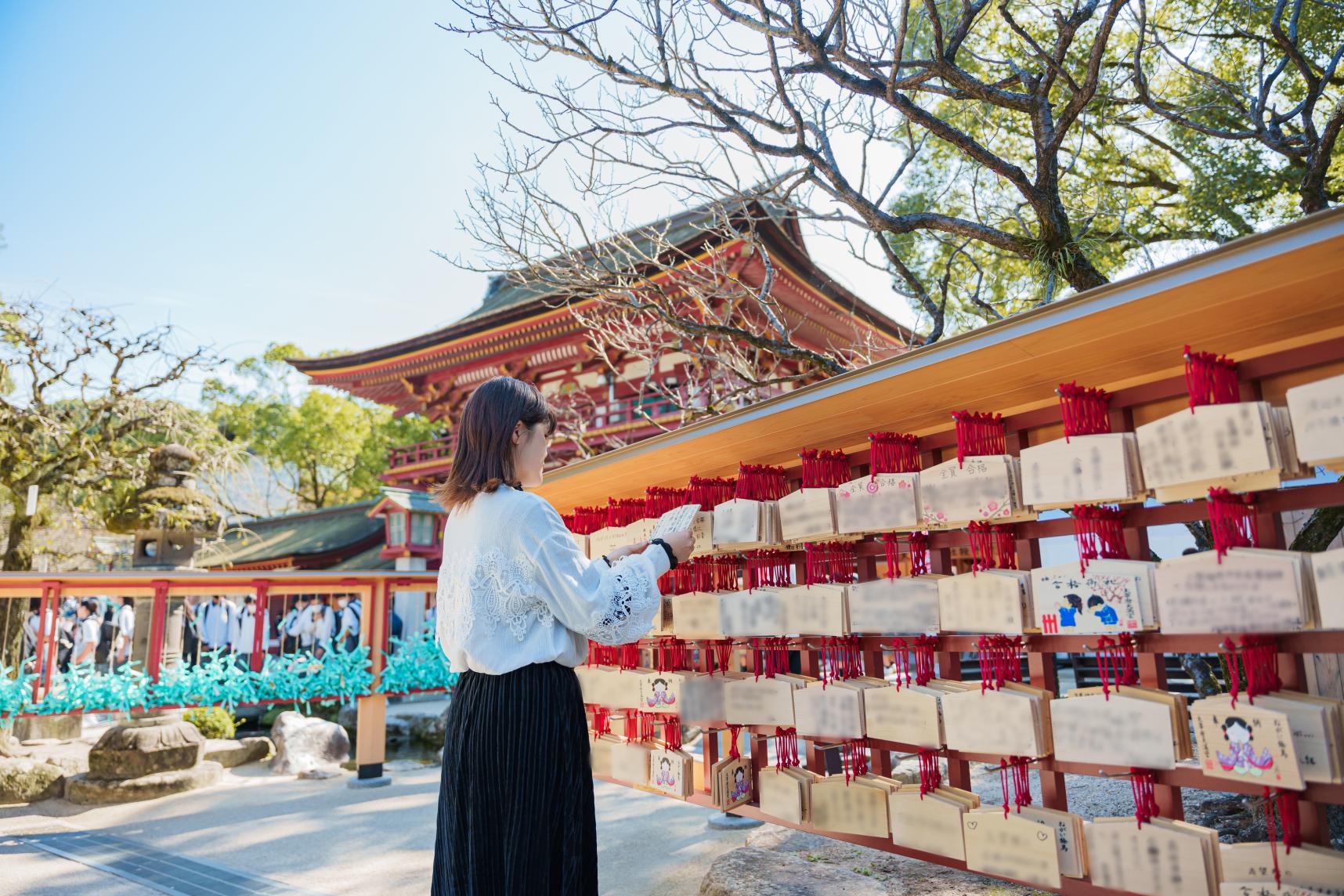
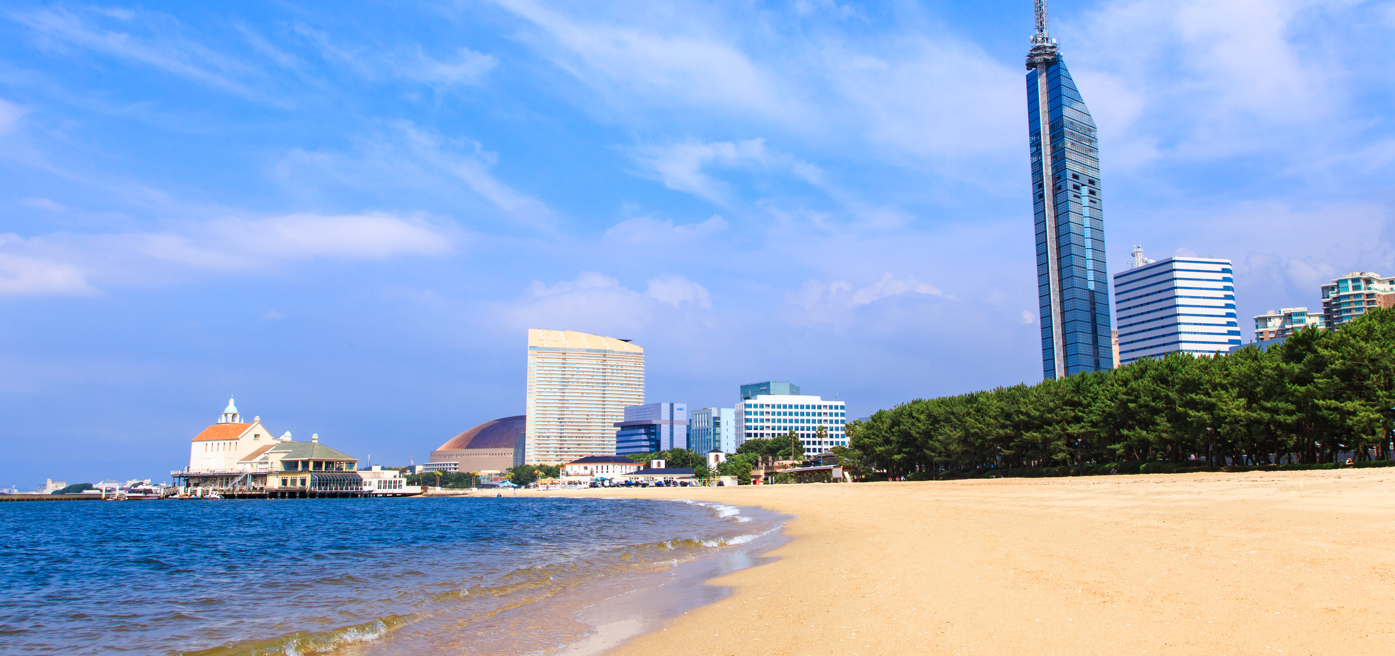
![[2024 Edition] Your Guide to Fukuoka Prefecture's Best Fall Foliage Destinations-1](https://www.crossroadfukuoka.jp/storage/special_features/279/responsive_images/49m7voPHQ1J9tJsmiguwSxPT6qZON51ATRvm5NJK__1673_1115.jpg)
